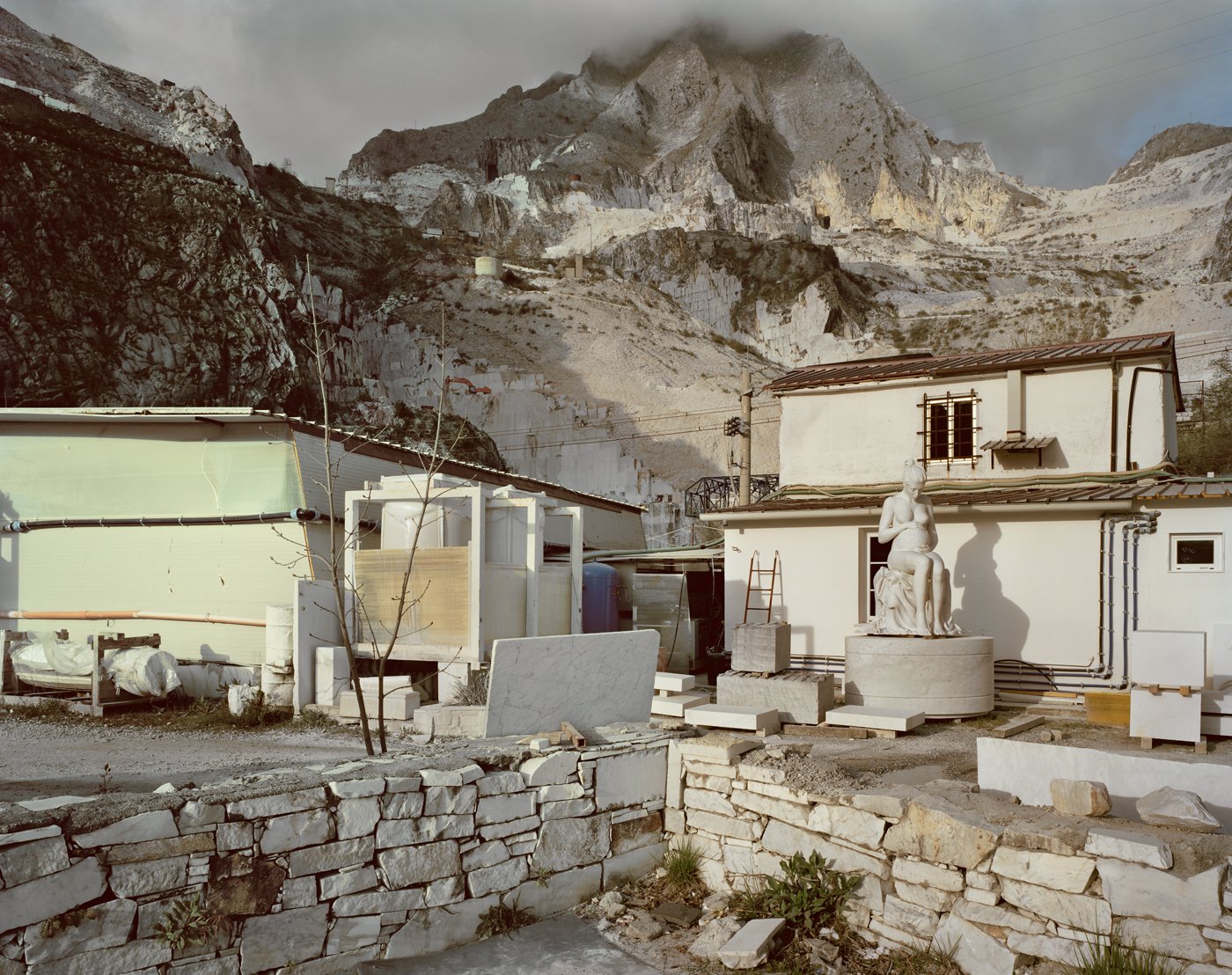Jay Wolke | Building Place: Big Boat Little Pond | December 8, 2024 - February 22, 2025
Quarry Workshop, Carrara, Italy, 2014, Archival inkjet print, 30 x 40 inches
Exhibition Dates: December 8, 2024 - February 22, 2025
Exhibition on view: Thursdays, Fridays, and Saturdays 1:00 – 5:00 PM
Special Preview: During the Riverside Holiday Stroll, Friday, December 6, 2024, 5:30 - 9:00 PM
Opening Reception for the Artist: Sunday, December 8, 2024, 3:00 - 6:00 PM
Join us afterwards for a private cocktail hour at the Quincy Street Distillery
Artist Talk: Sunday, February 9, 2025, 3:00 PM
Join us afterwards at the Quincy Street Distillery
Media Coverage of Jay Wolke’s exhibition Building Place: Big Boat Little Pond:
Jay Wolke: Building Place: Big Boat Little Pond, by Barbara Ciurej, Lenscratch. February 22, 2025
Riverside Arts Center Hosts Artist Talk With Jay Wolke, by Hector Cervantes, Riverside Brookfield Landmark, Austin Weekly News, Wednesday Journal, and Forest Park Review, February 26, 2025
New photo exhibit at Riverside Arts Center calls for more than cursory looks, by Gregg Voss, Riverside Brookfield Landmark, December 17, 2025
The Riverside Arts Center is excited to present Building Place: Big Boat Little Pond, a solo exhibition of Jay Wolke's photography in both the Freeark Gallery and FlexSpace, curated by Paul D'Amato and Laura Husar Garcia. Please join us for an opening reception for the artist on Sunday, December 8th from 3-6pm, followed by a private cocktail hour at the Quincy Street Distillery. The exhibition will have a preview on Friday, December 6th from 5:30-9pm during the Riverside Holiday Stroll. The exhibition will be on view Thursdays, Fridays, and Saturdays 1-5pm through February 22, 2025. A panel discussion will be held with the artist and curators on Sunday, February 9, 2025 at 3pm. All events are free and open to the public.
Yellow Exercise Bike, Rehovot, Israel, 2014, Archival inkjet print, 14 x 18 inches
If all we had were Jay Wolke’s photographs in “Building Place: Big Boat Little Pond” as evidence of life on earth, one could be forgiven for thinking what a strange and unknowable species these humans were. Given the evidence of Wolke’s pictures, the viewer is invited to wonder: who were these people capable of such impressive, functionless and mysterious structures all running into one another in a cacophony of design? Were they one people or many who never agreed to a hierarchy of purpose and meaning? Is then what remains the architectural consequence of the Tower of Babel?
I use the past tense because in almost all of Wolke’s’ pictures, there are no people in and around the many structures that were built for so many. Their absence is deafening. What happened and where did they go? Again, without anything else to go on, all we have are the pictures. But one offers a clue, “Zip Line, Niagara Falls, Canada 2023”. It shows four figures flying on guide wires up and out of the frame. On the right side of the frame is a line of people, perhaps waiting their turn to leave, with the last one, Jay Wolke – the man with the camera - recording how they all left.
Garry Winogrand once said “there is nothing so mysterious as a fact well described”. In the end, that’s the pleasure that underlies all of Wolke’s pictures. These humans may be odd, but Wolke loves what he sees and makes images that savor every detail. His images run the gamut from playful, disquieting, weird to serenely beautiful. All full of wonder and hard to believe were it not for the irrefutable evidence of the photograph.
He may photograph from the point of view of the last person to leave - or the first to return from a long absence - but everywhere he goes and everything he sees is an opportunity for a tour de force of composition, light and color. I’m sure if Wolke had been in charge of things all along, then the built environment might have the aesthetic coherence of his pictures. The world might be a better place, but then what would Wolke photograph?
–Paul D'Amato, co-curator
Shelter Hi Rises, Chicago, USA, 2022, Archival inkjet print, 40 x 30 inches
Big Boat Little Pond is a photographic project that focuses on the disparities between design and consumption; spaces and systems that characterize intersections of nature, architecture, and habitation. The environments that I investigate reflect the continuous re-imaginings of human enterprise and reveal the individual and institutional stratifications of ambition and power that dominate the visual landscape. I understand the built environment as an expression of multiple, historical narratives – interwoven and frequently at cross-purposes. As an observer and as a documentarian, I grapple with these often, capricious relationships by producing images composed of visual hierarchies – signifiers described through the language of large-format, color photography. In my attempt to clarify and amplify these conditions, I’m presenting a grammar for visual learning; my photographs are intended to suggest purposeful neutrality, but my hope is to present a web of selected non-fictions inducing apprehension and scrutiny.
–Jay Wolke
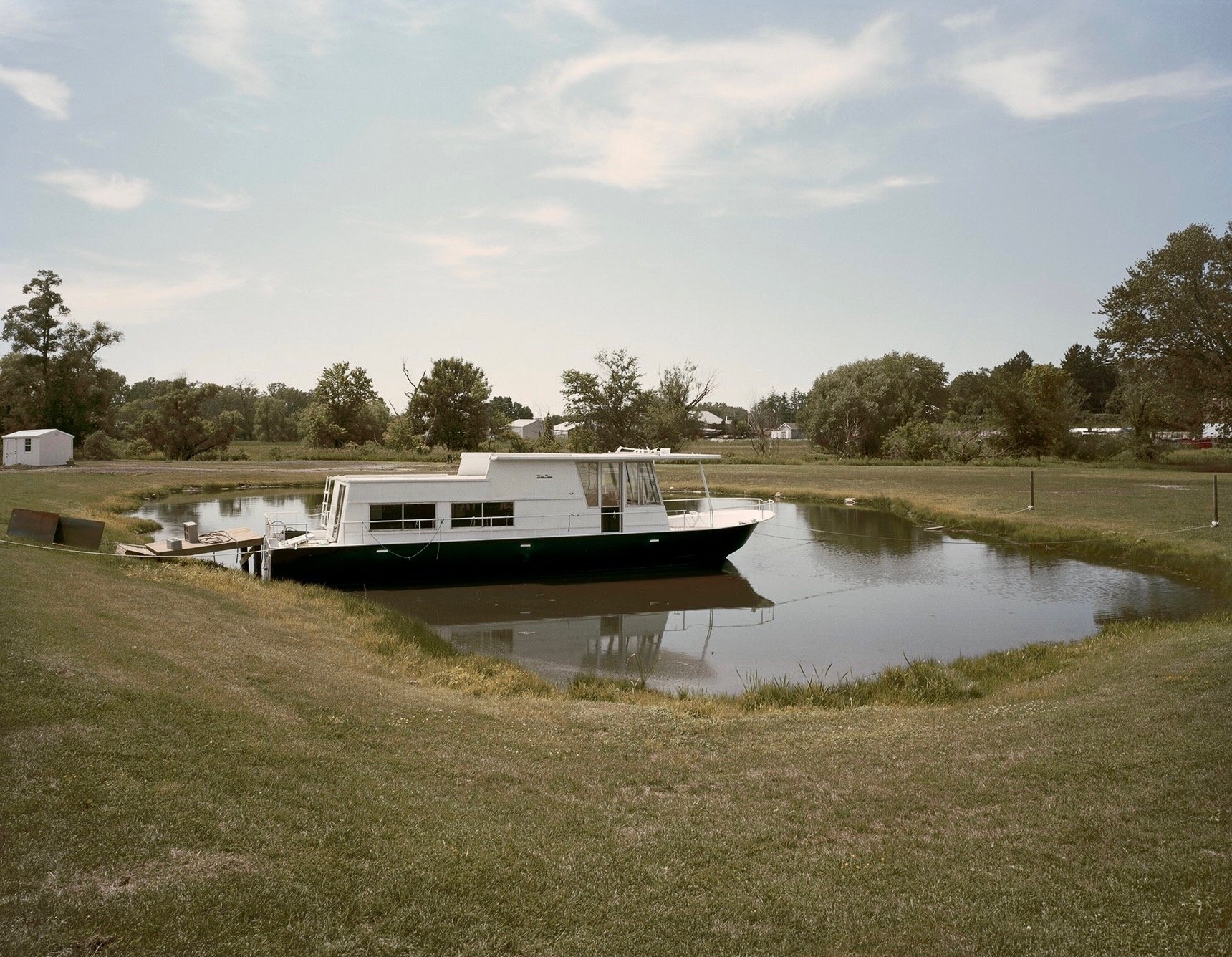
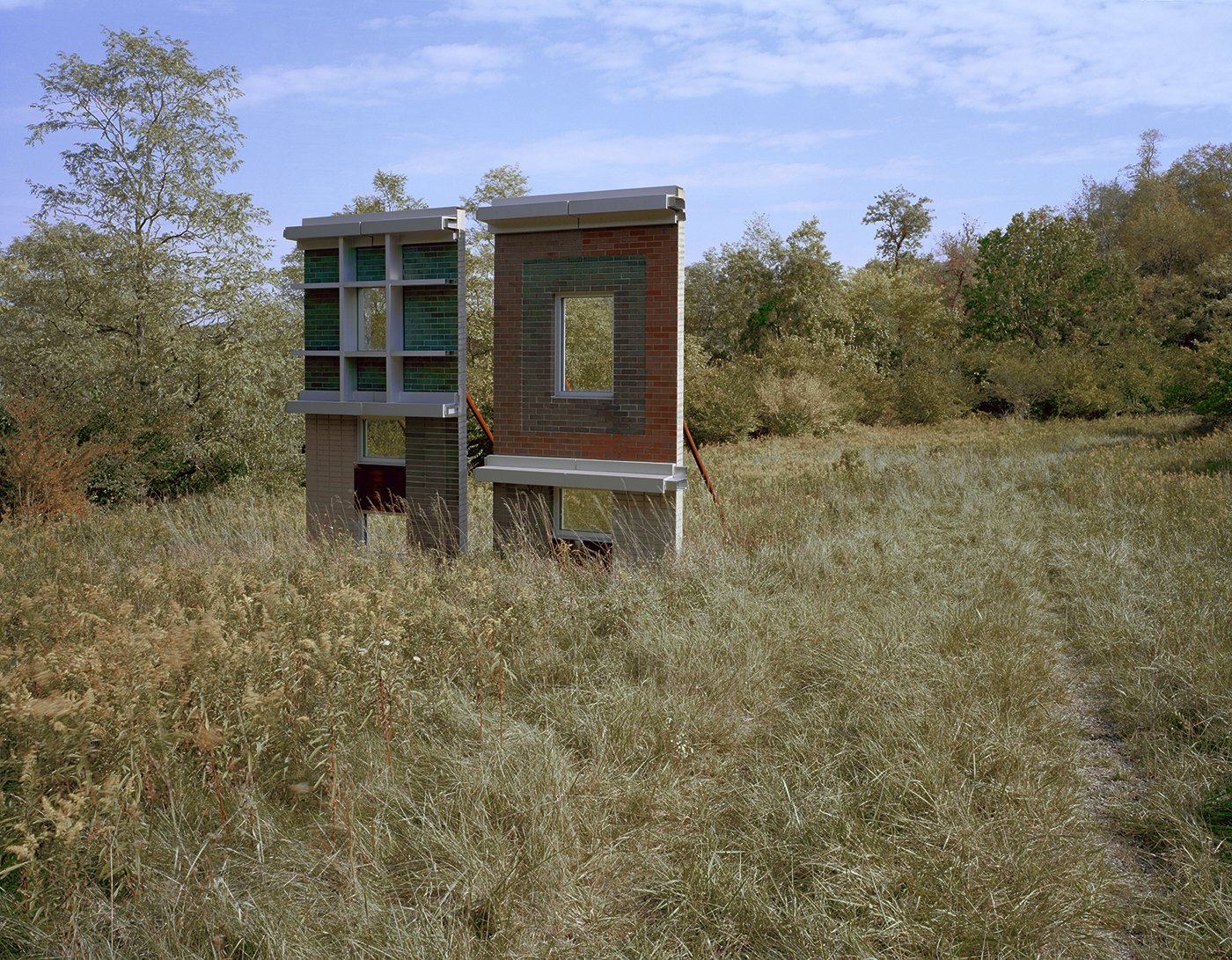

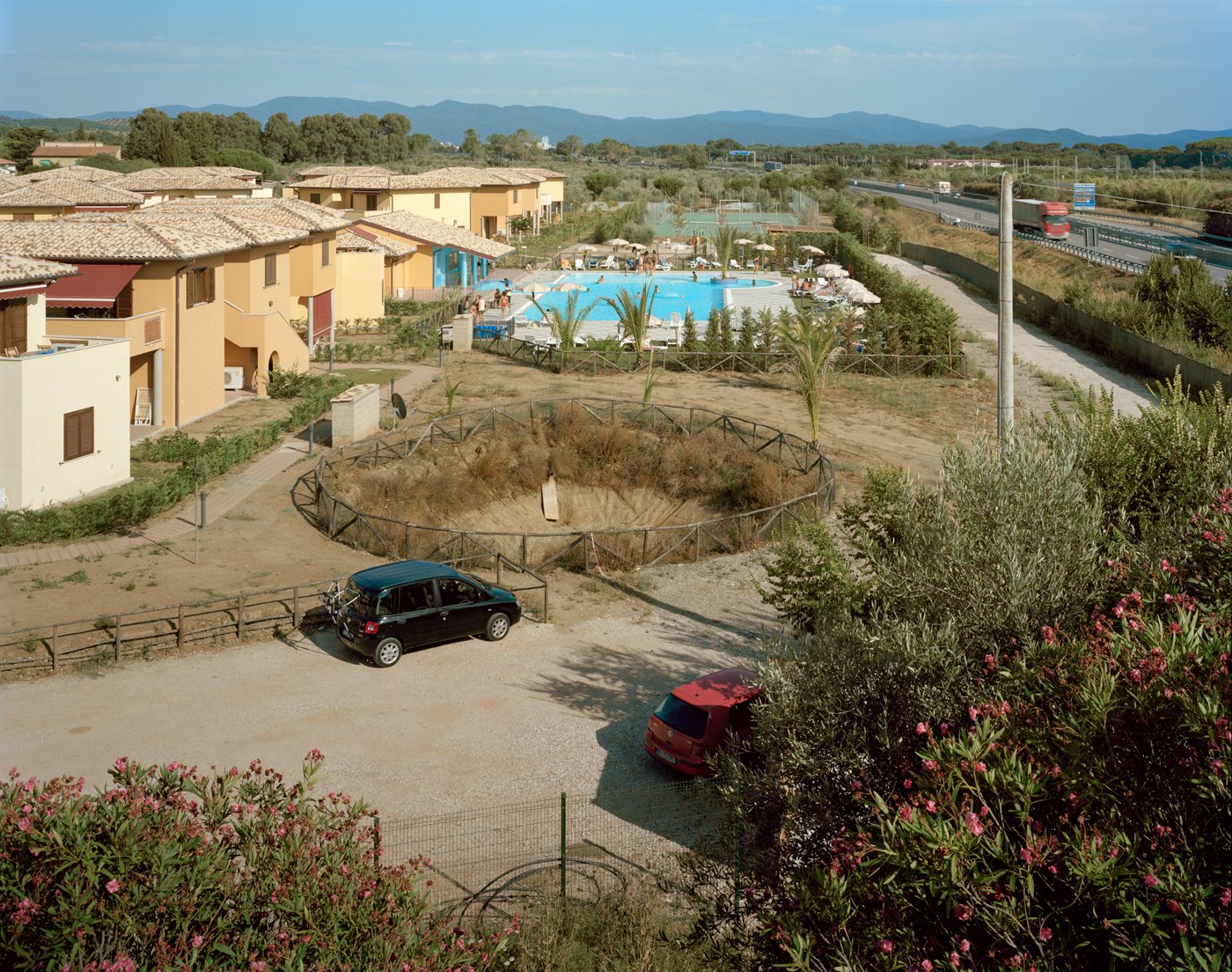
![Wolke_Yellow Exercise Bike_Rehovot_18[78].jpg](https://images.squarespace-cdn.com/content/v1/5c3d179a2487fdb89882a2a6/1740187748784-JGG3DP74MNKIXY5R8TQY/Wolke_Yellow+Exercise+Bike_Rehovot_18%5B78%5D.jpg)
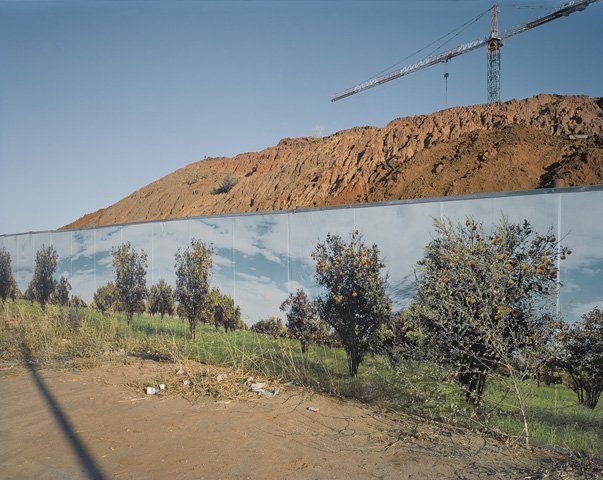
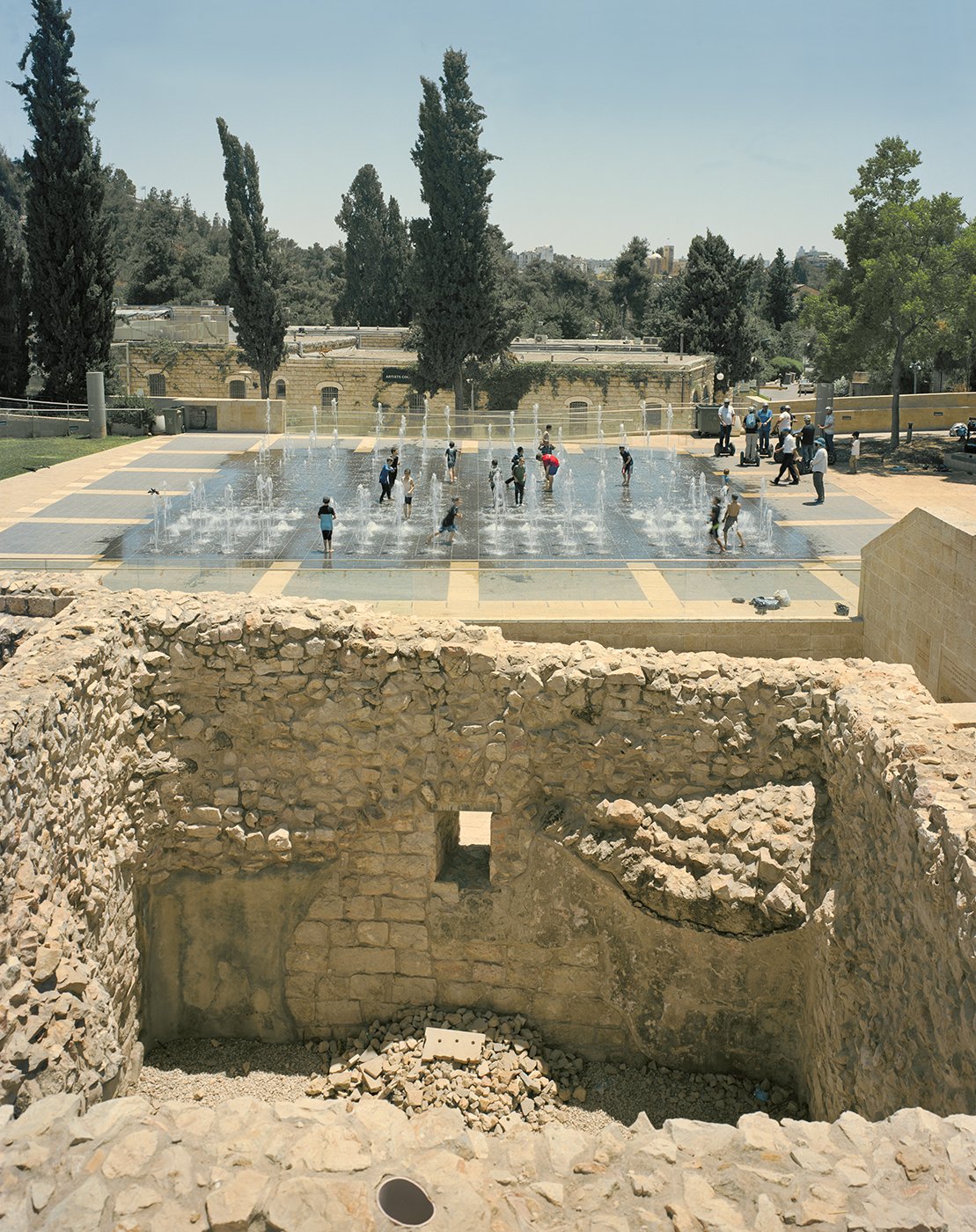
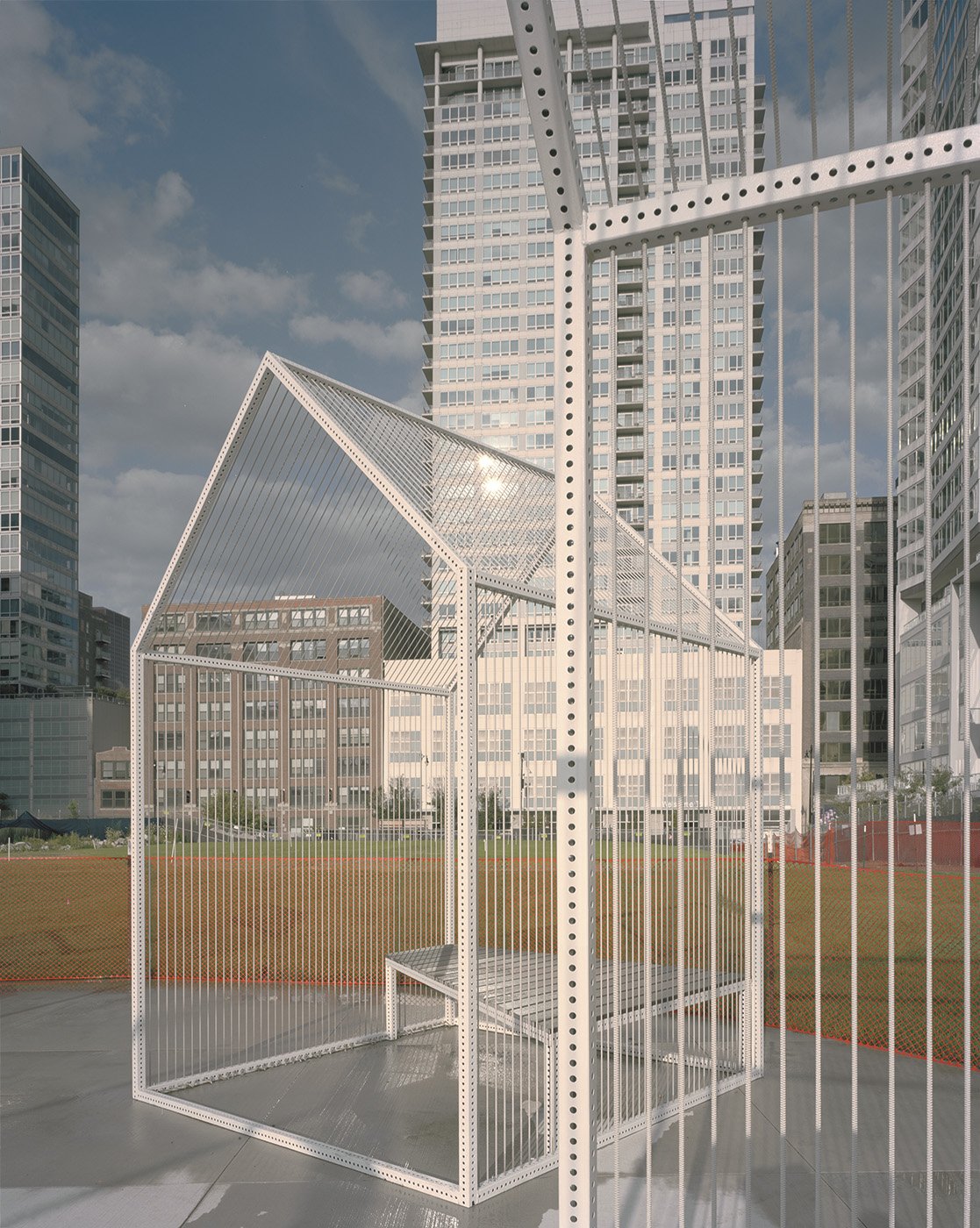
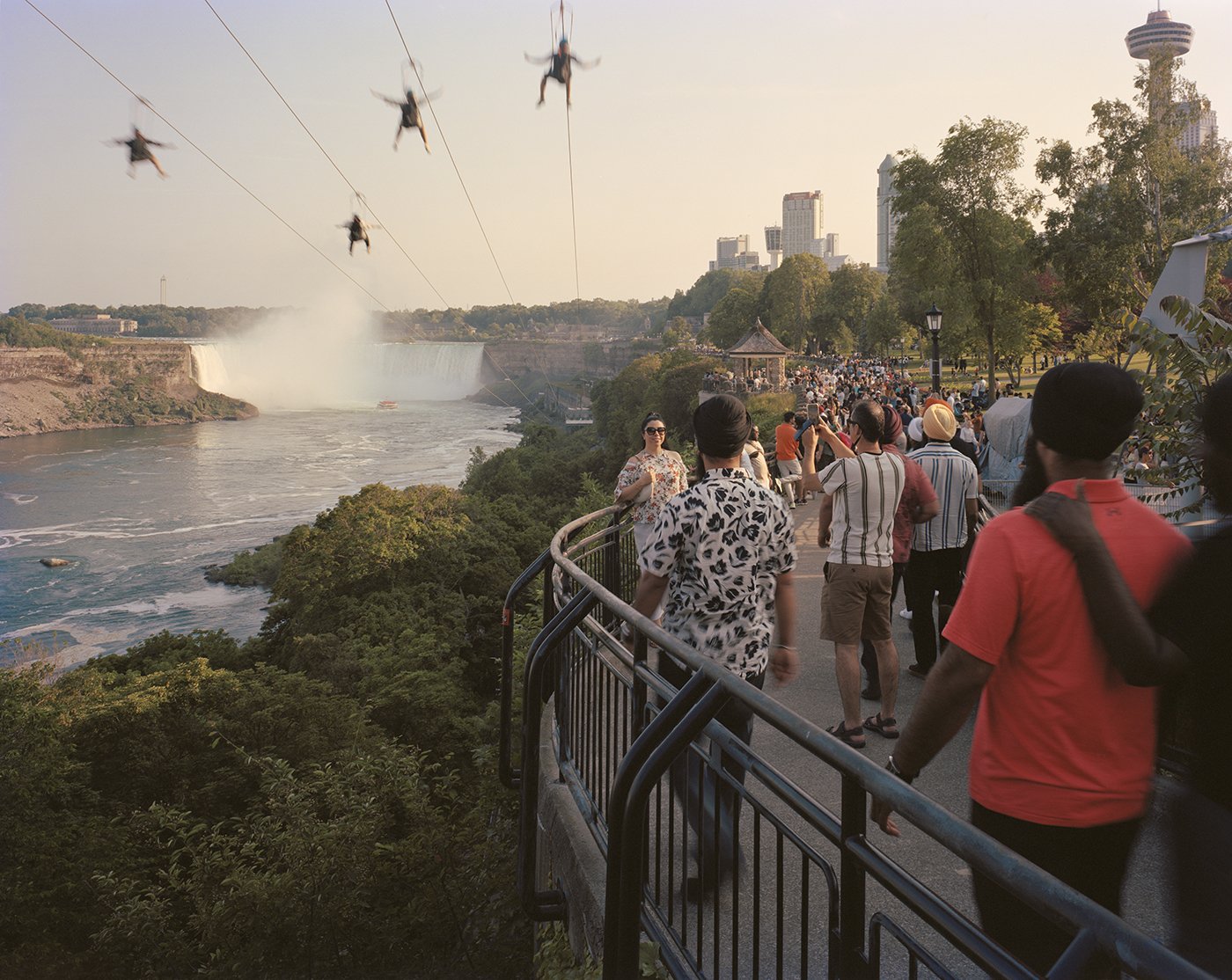

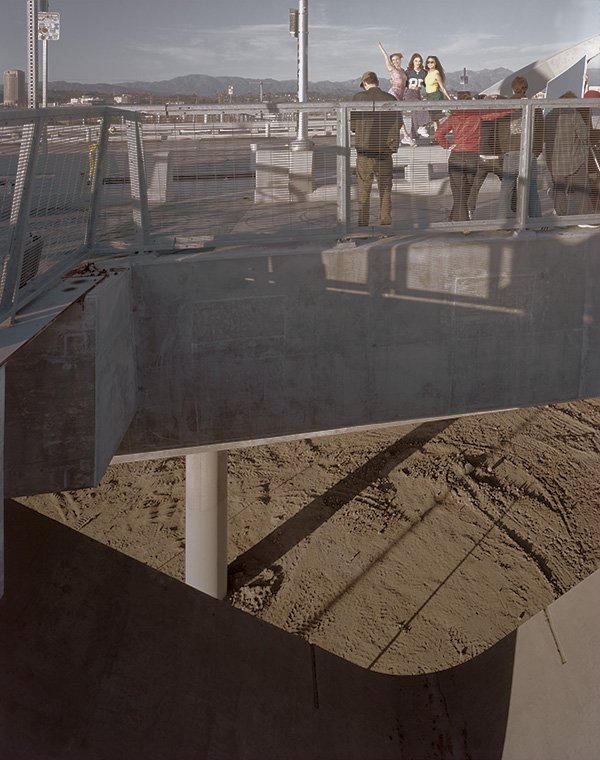
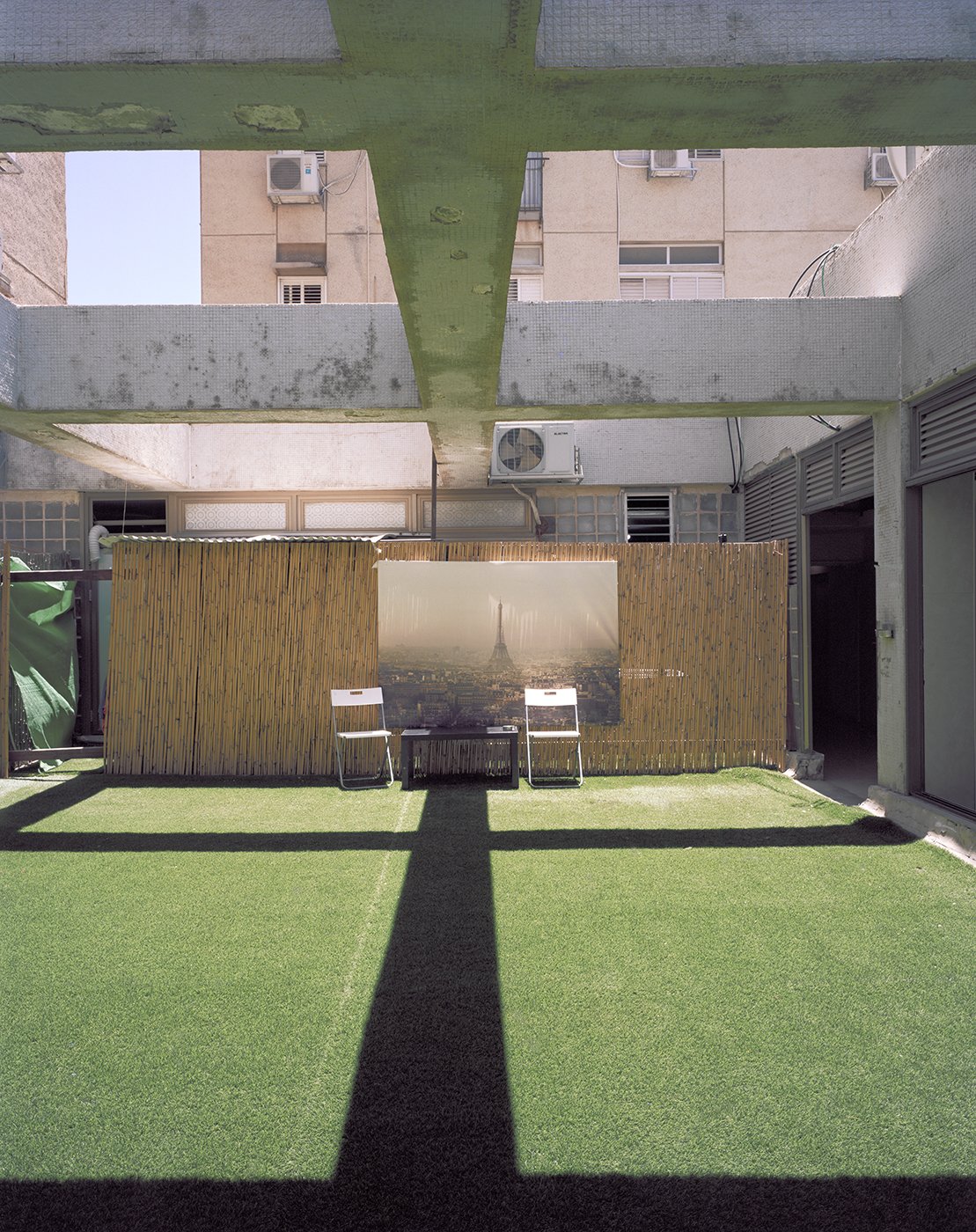
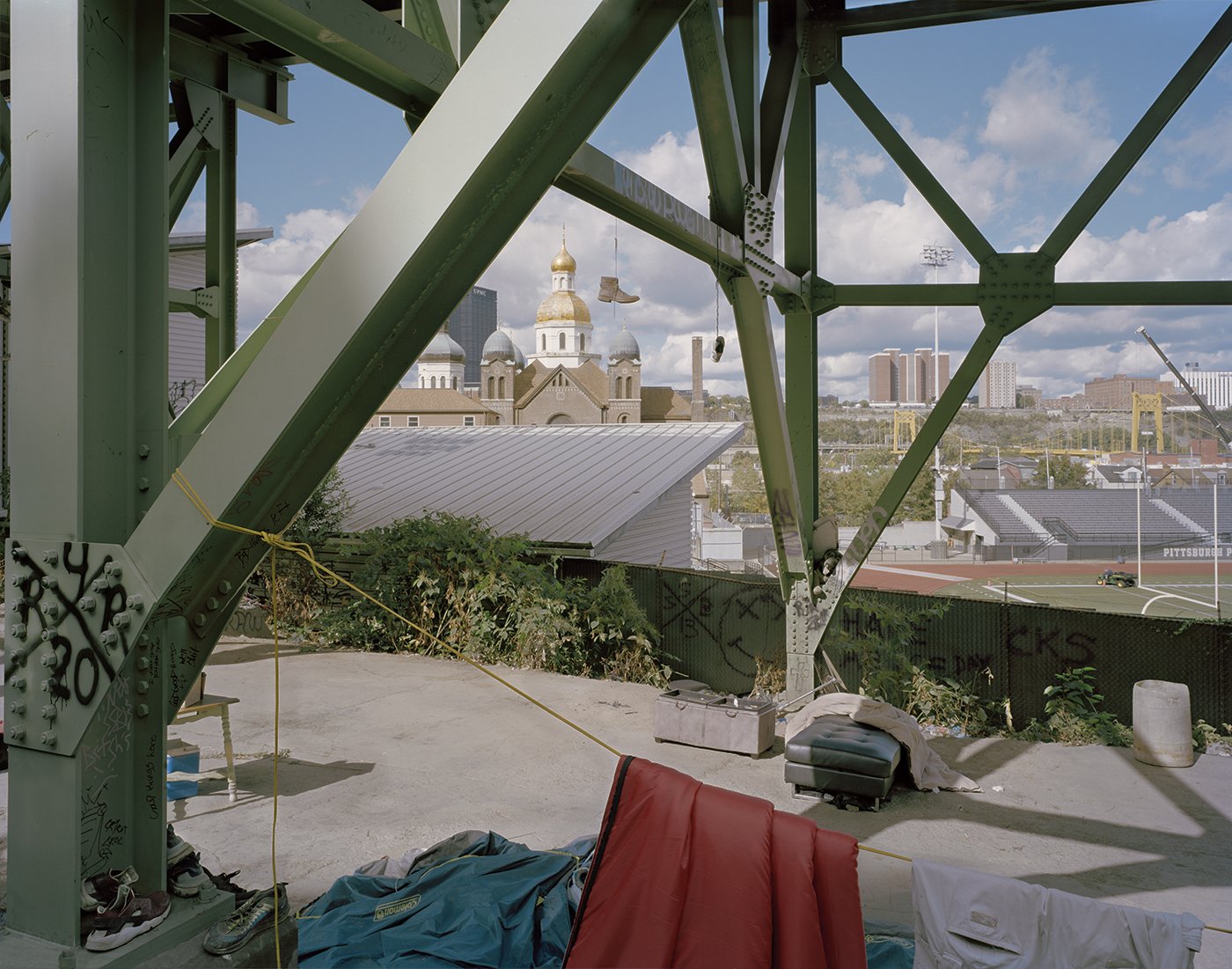
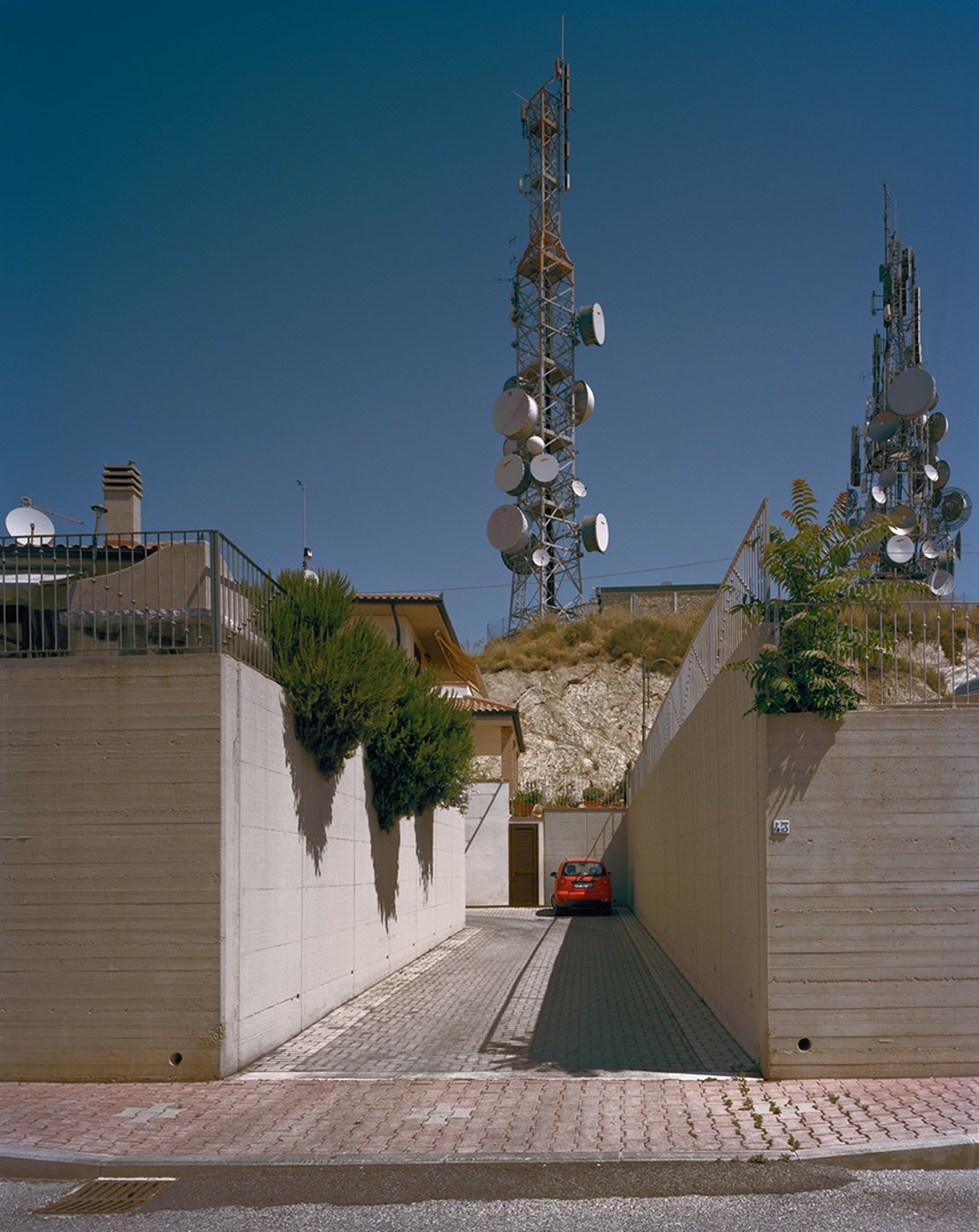
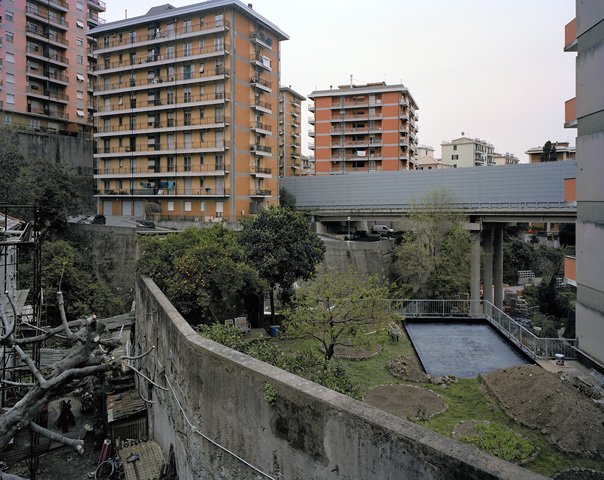
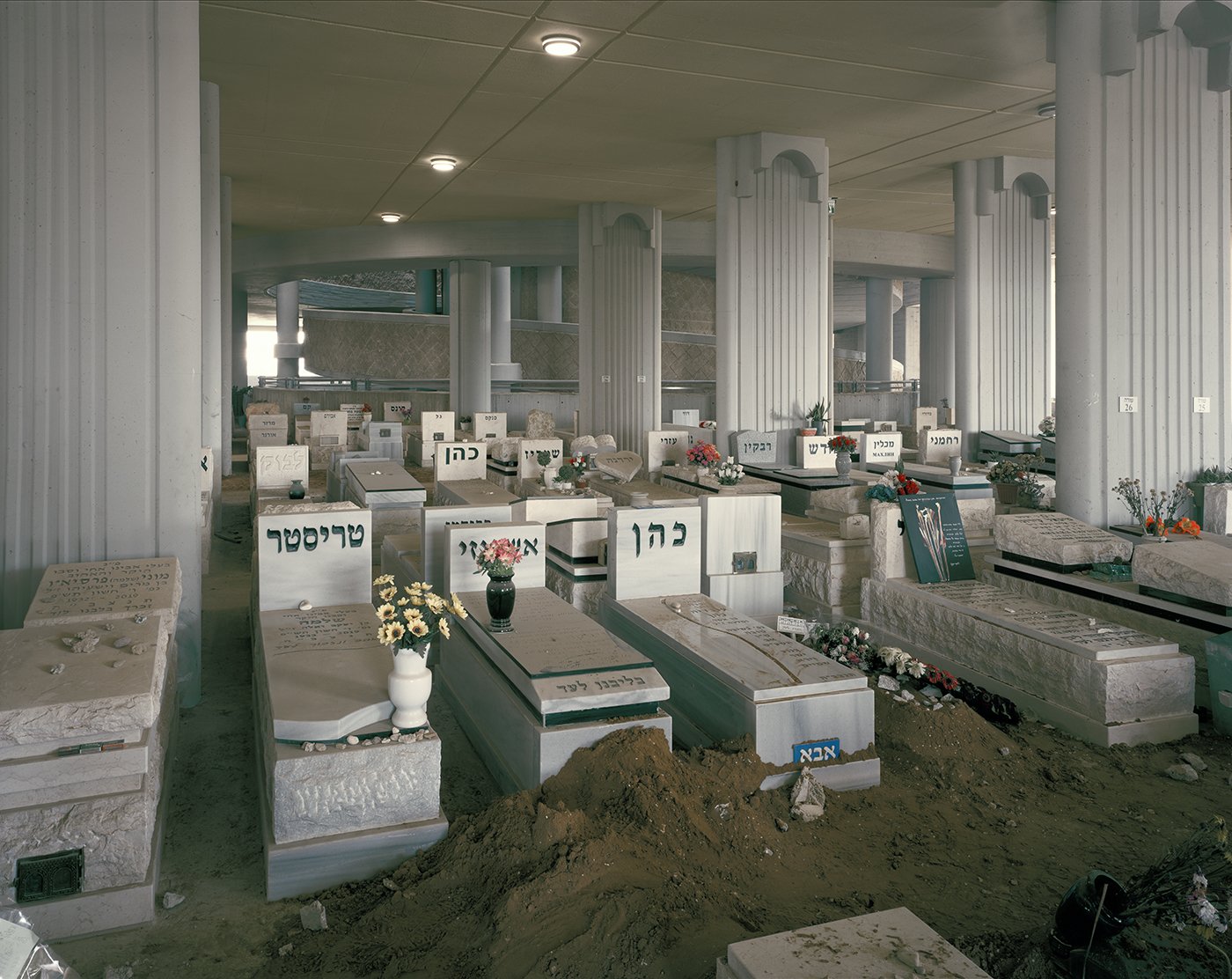
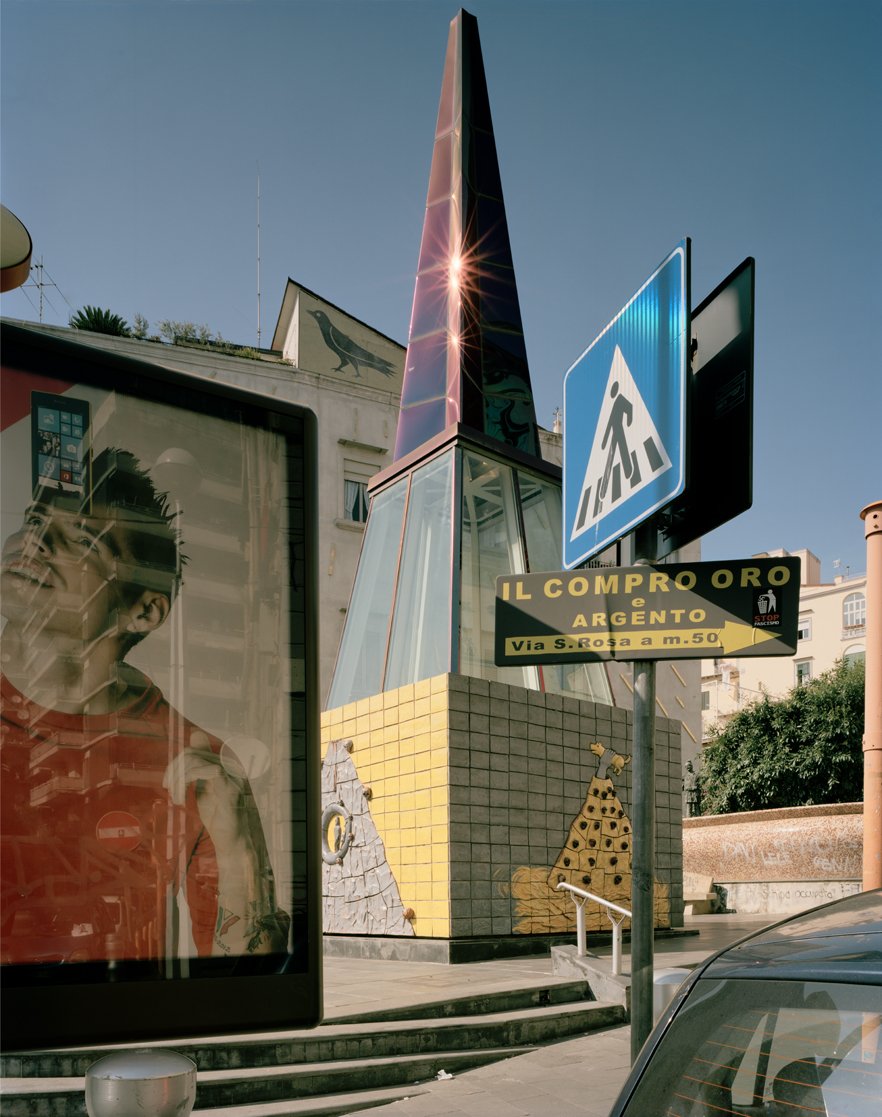
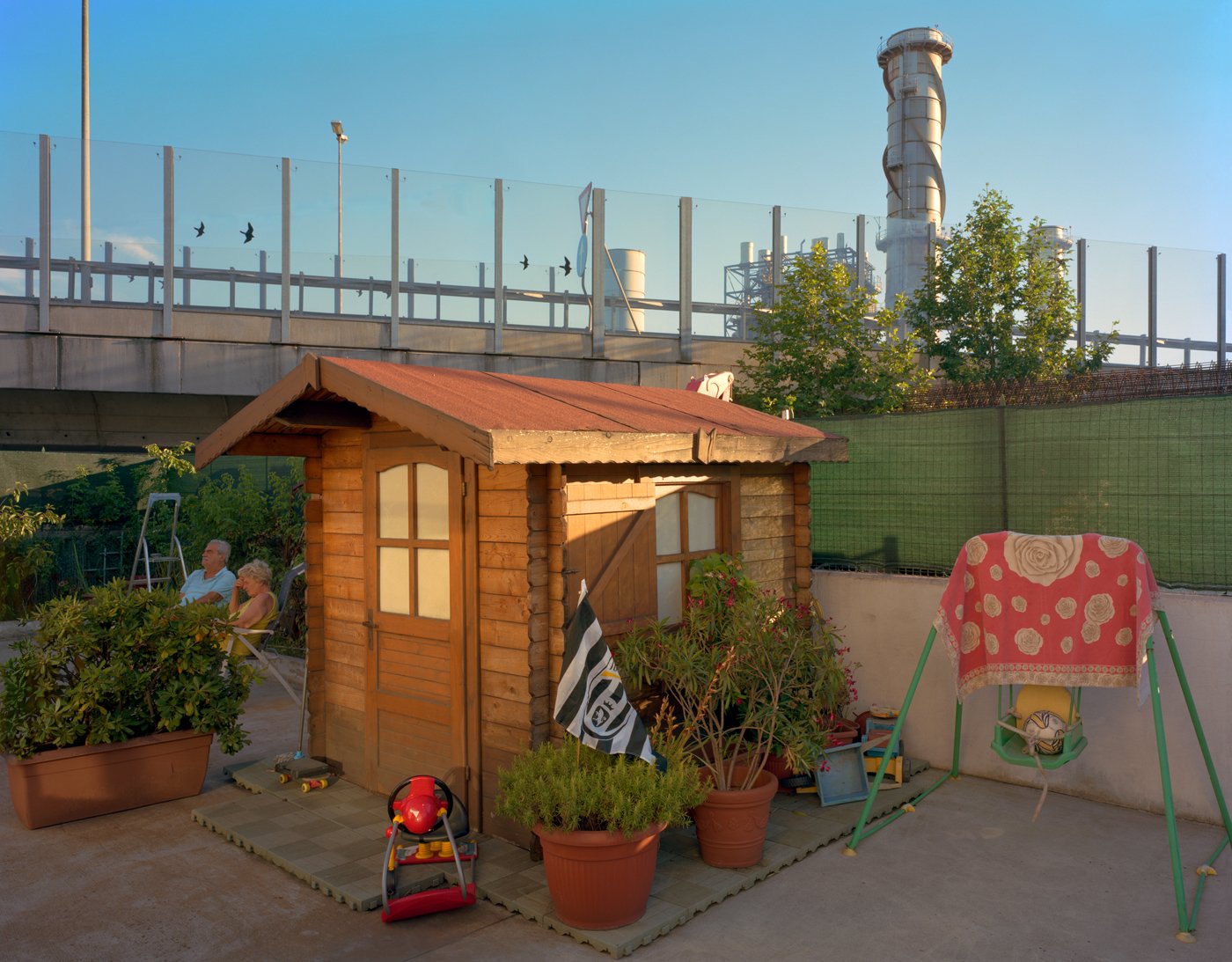
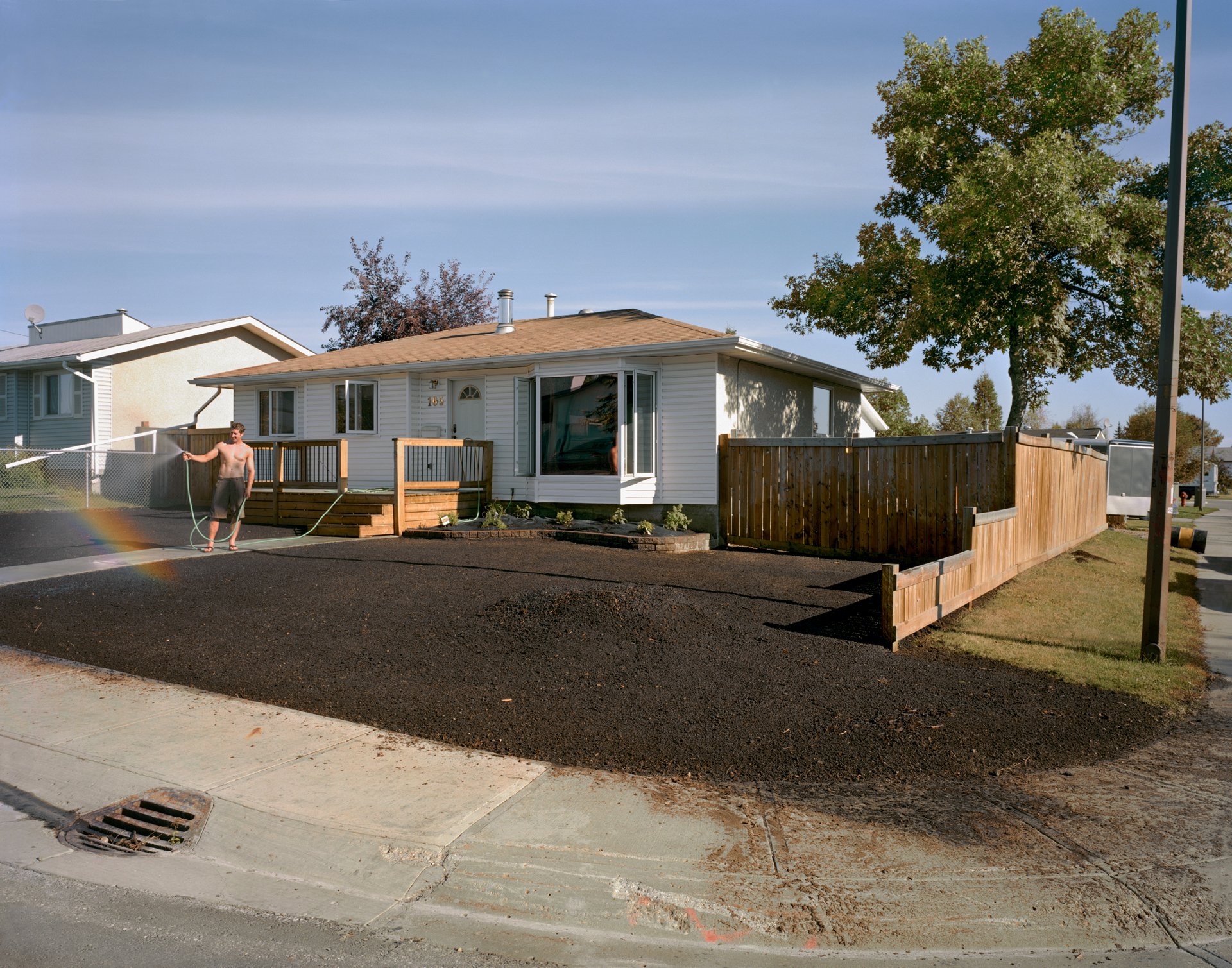
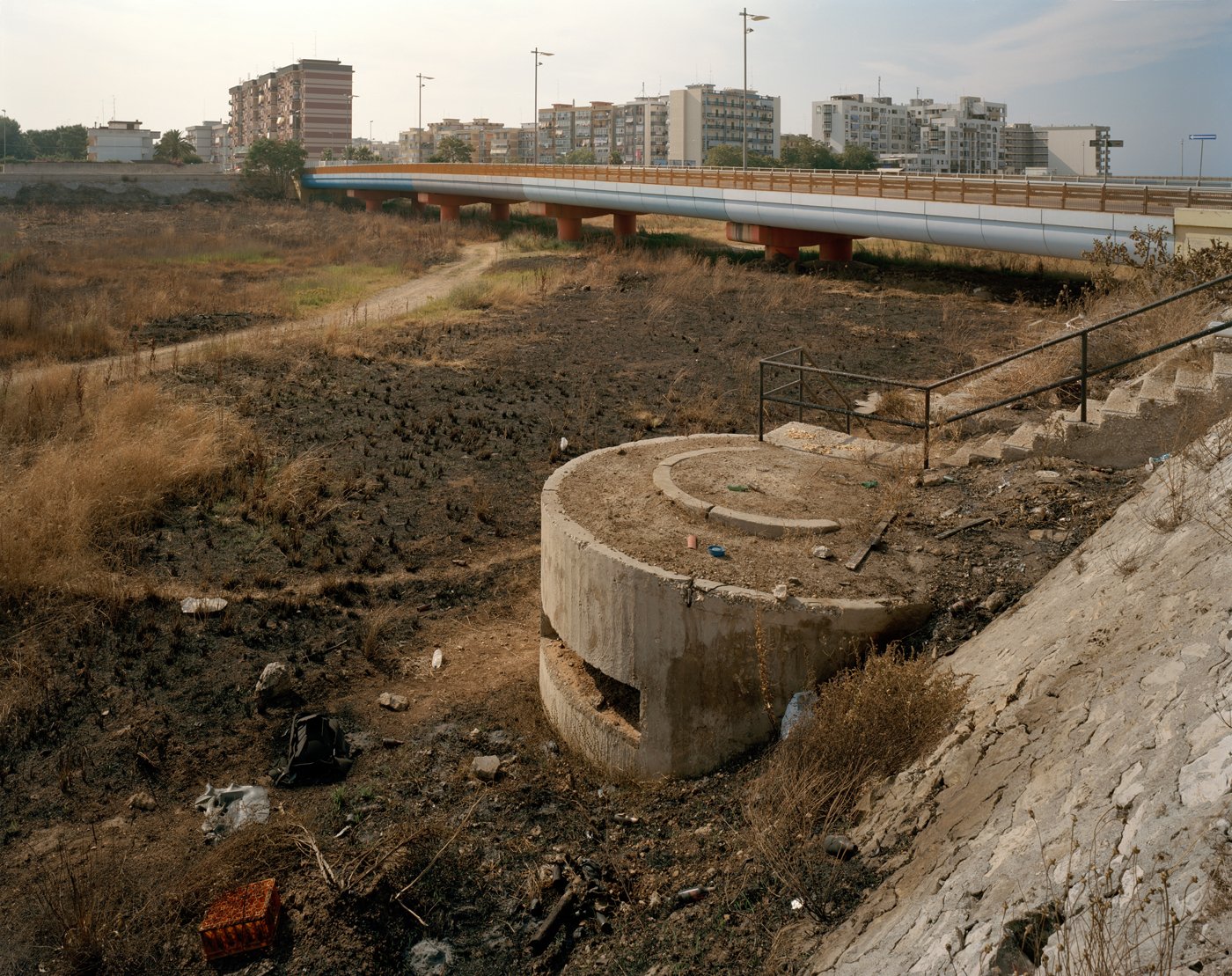
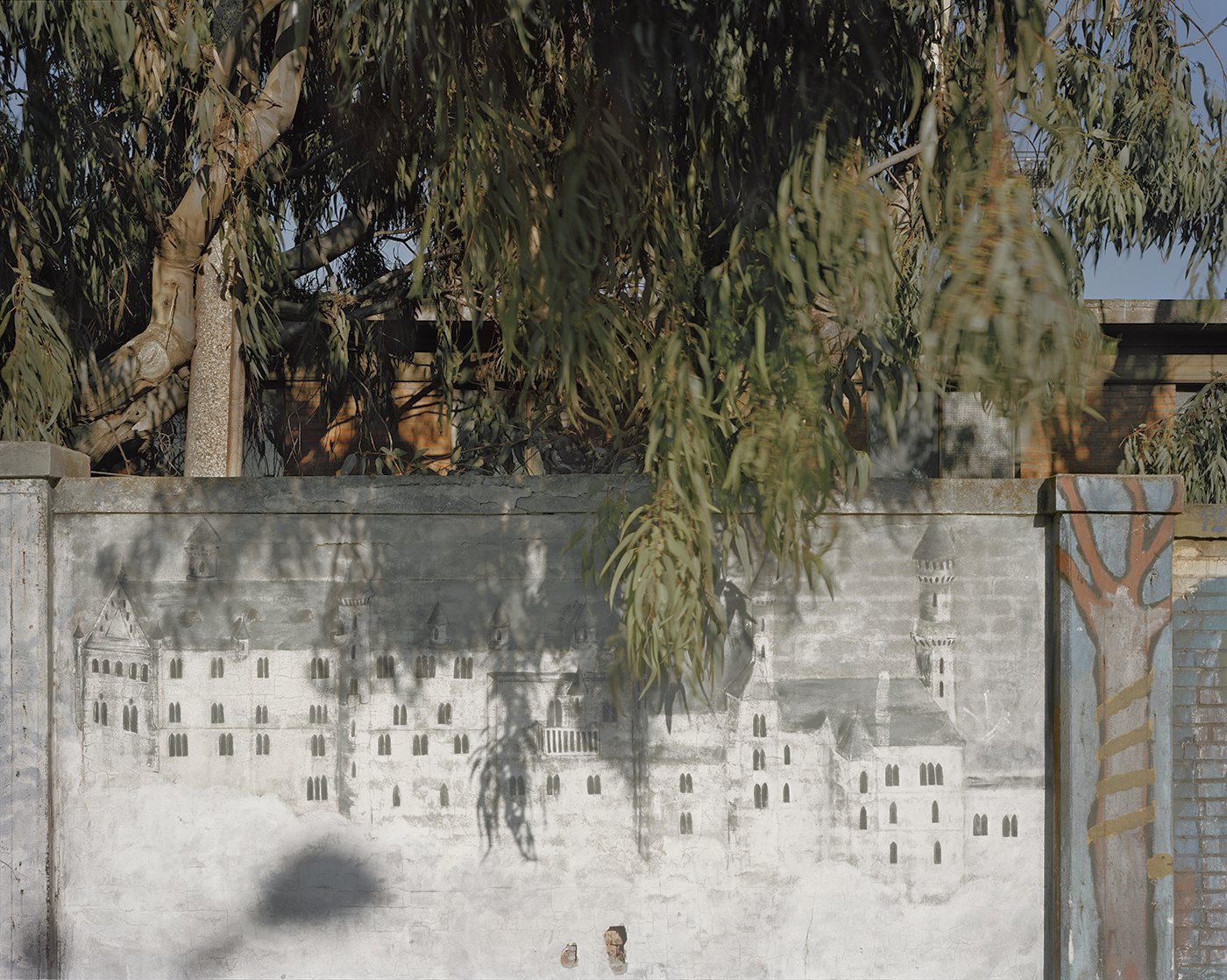
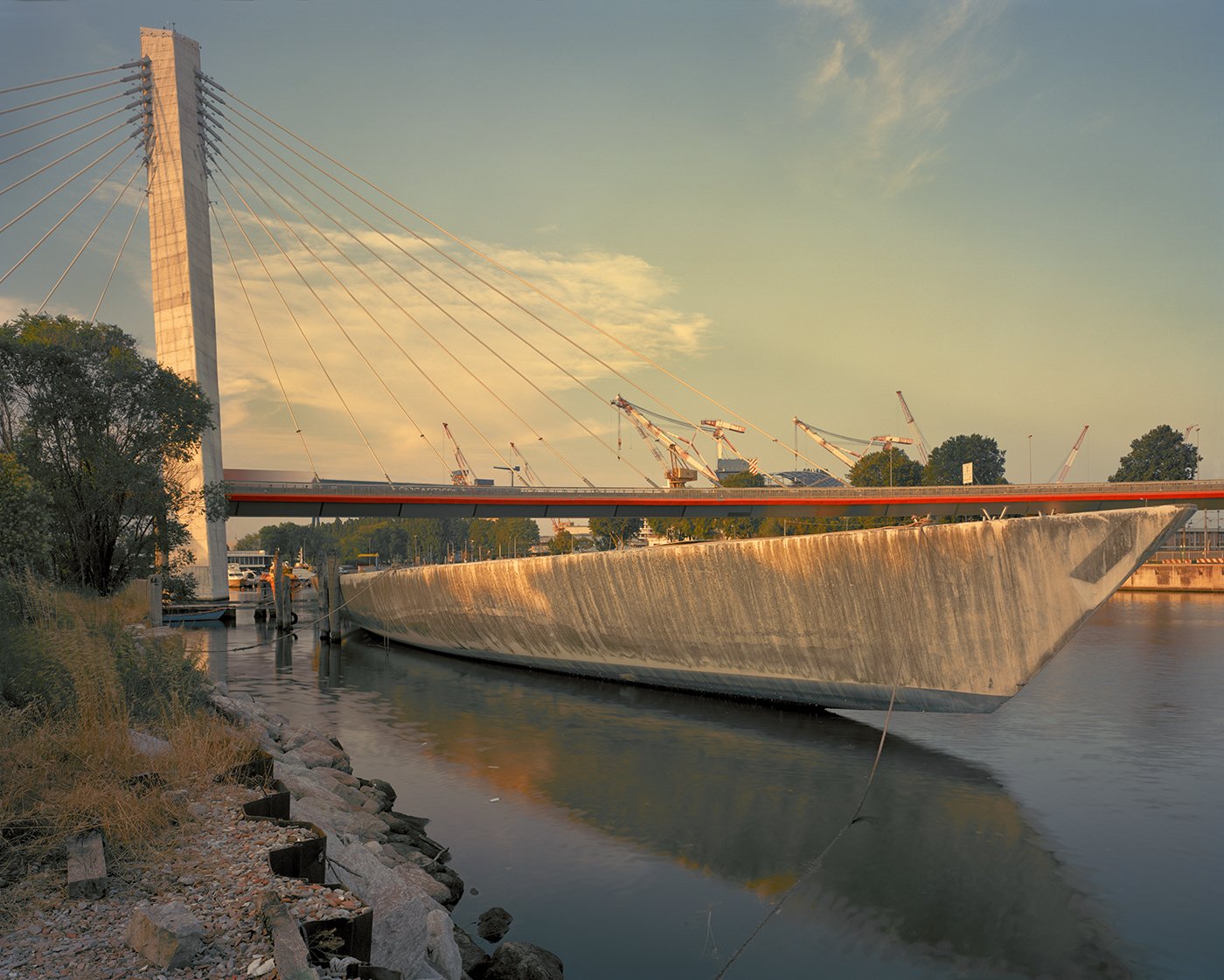
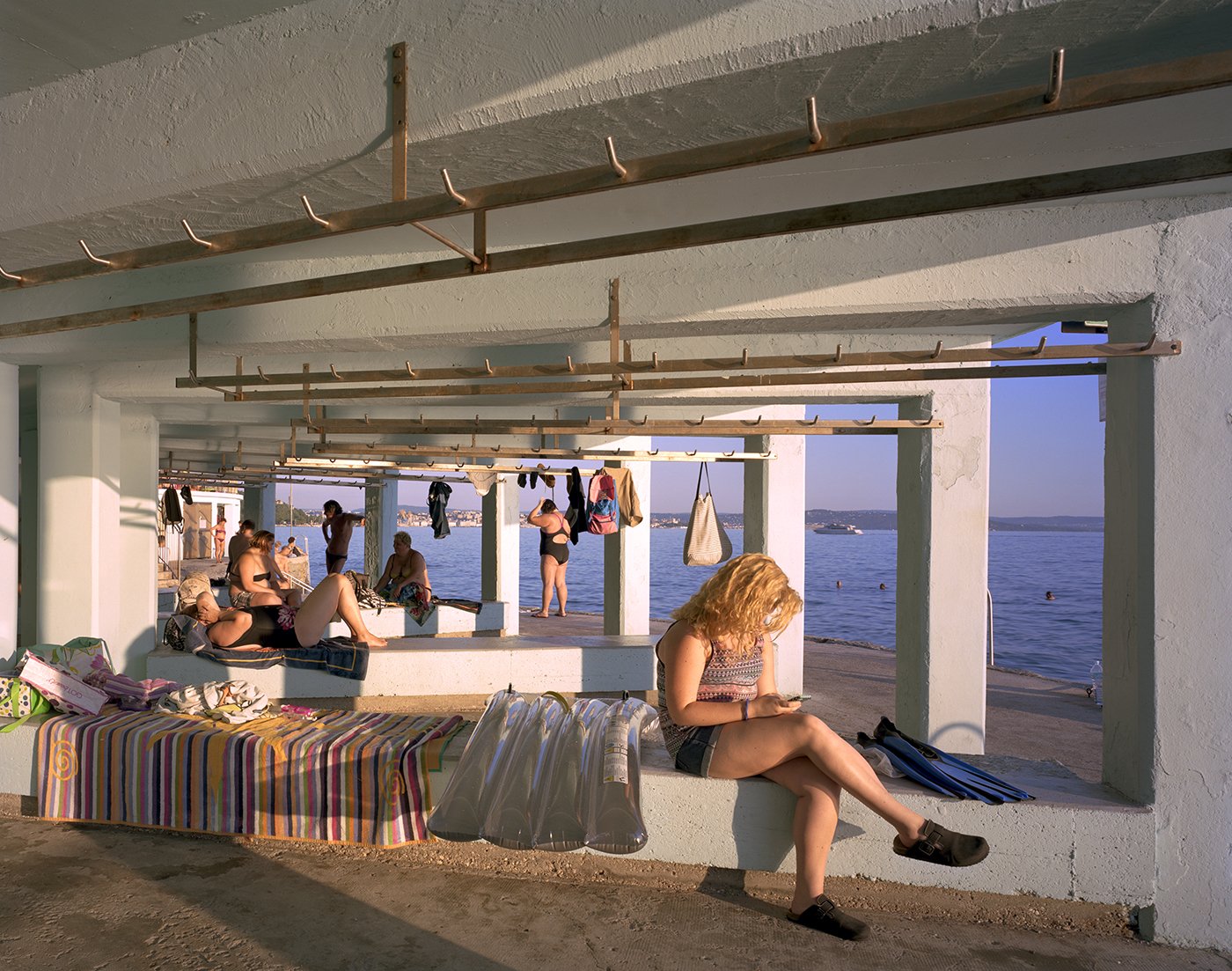
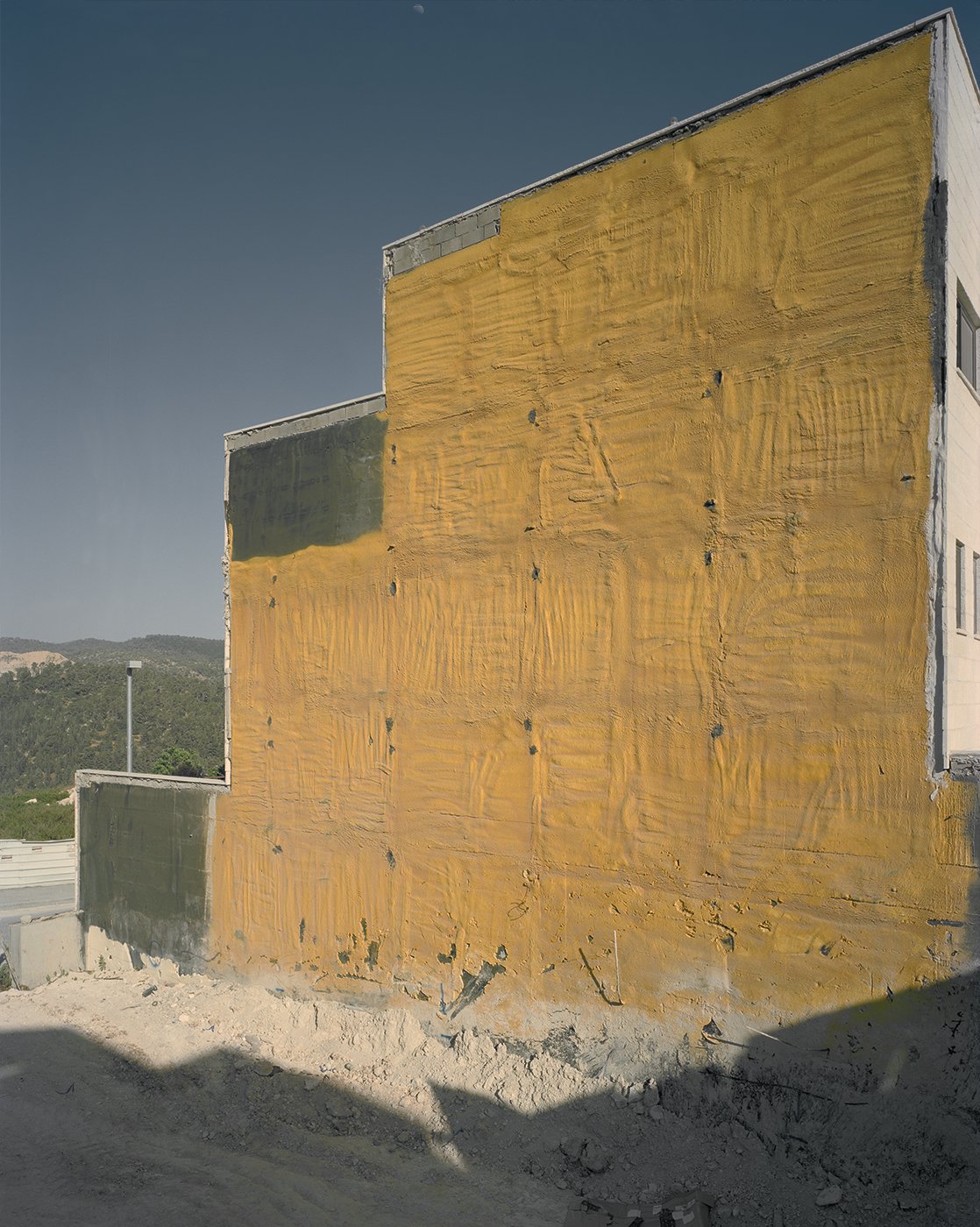
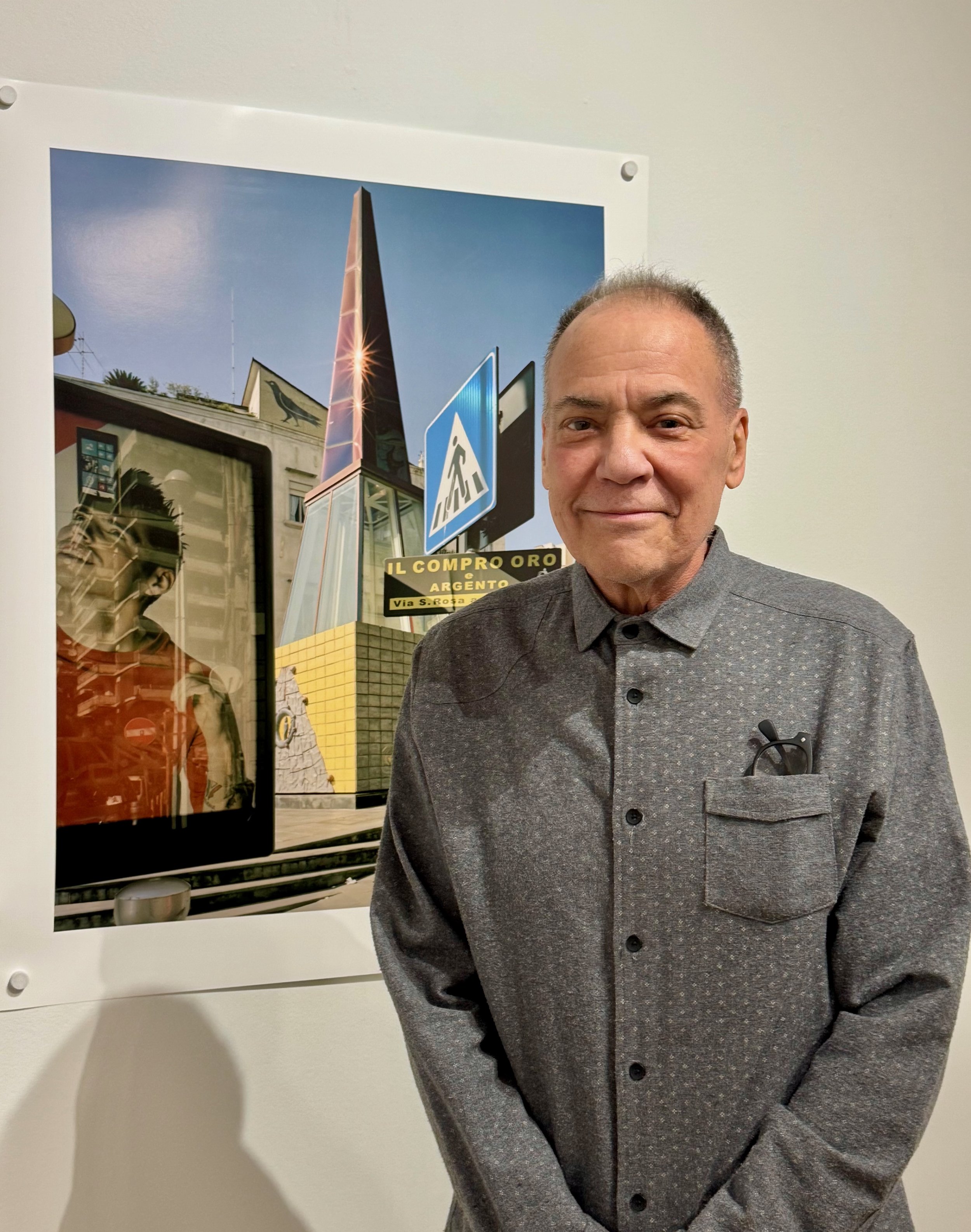
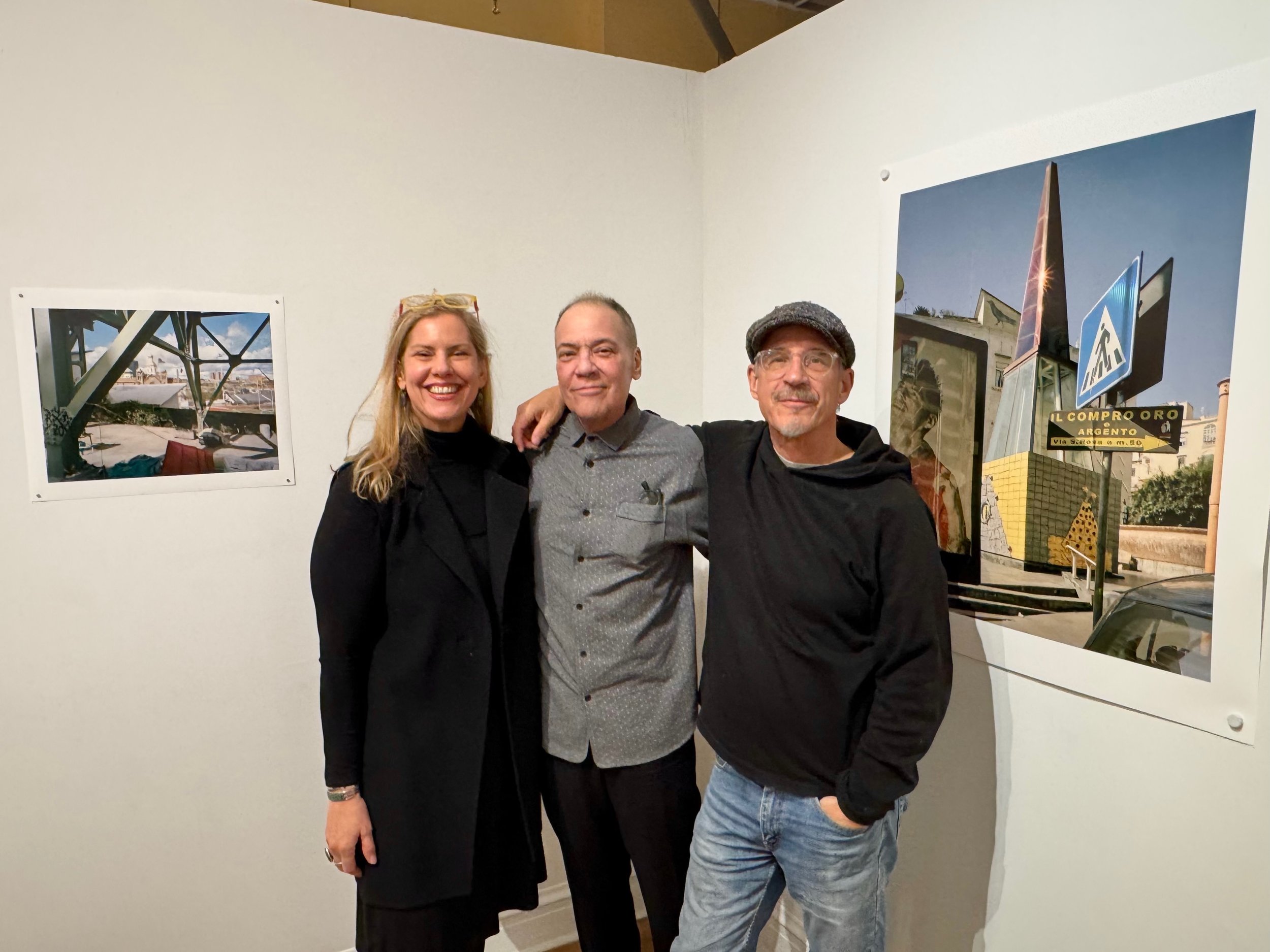
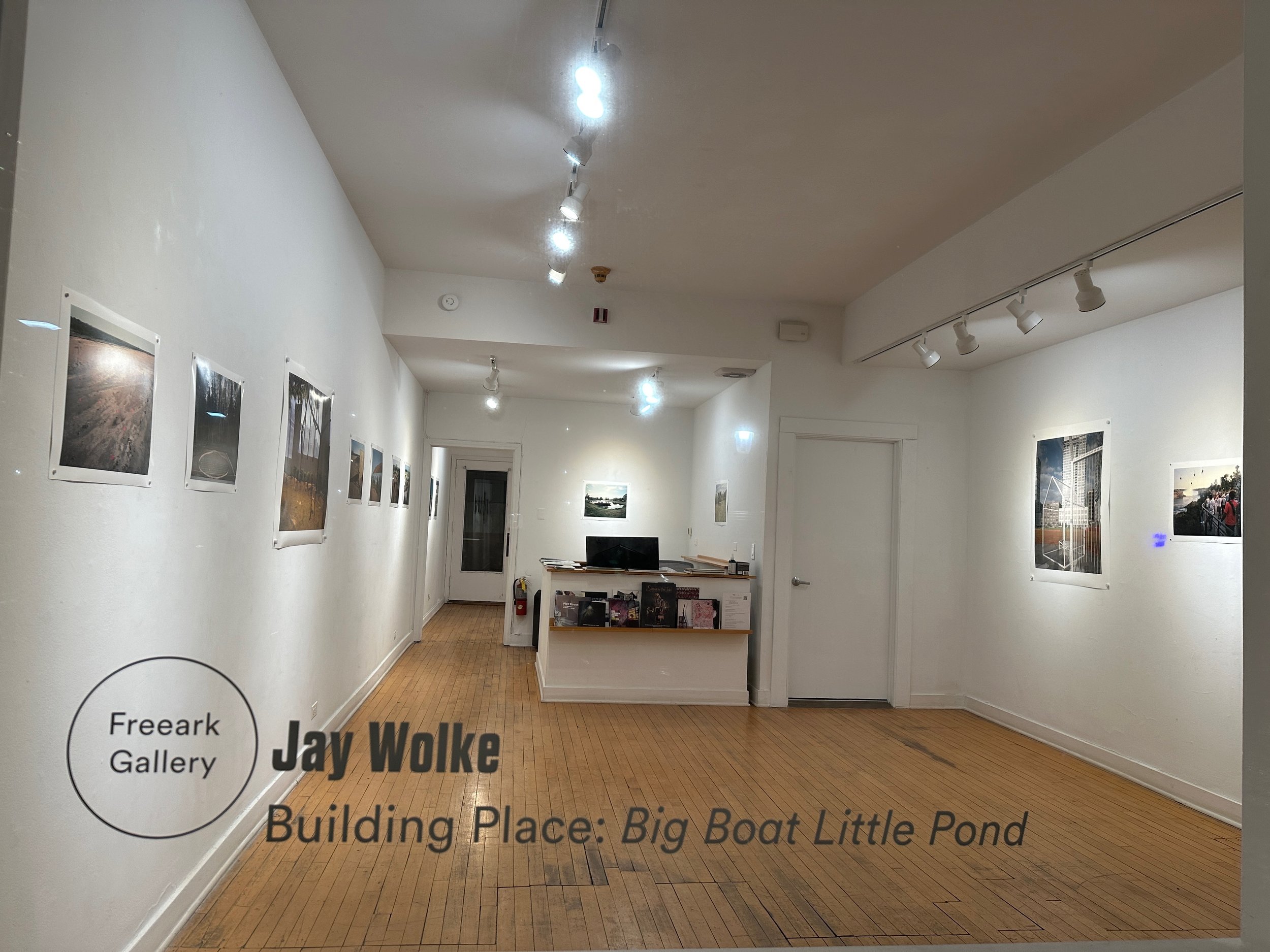
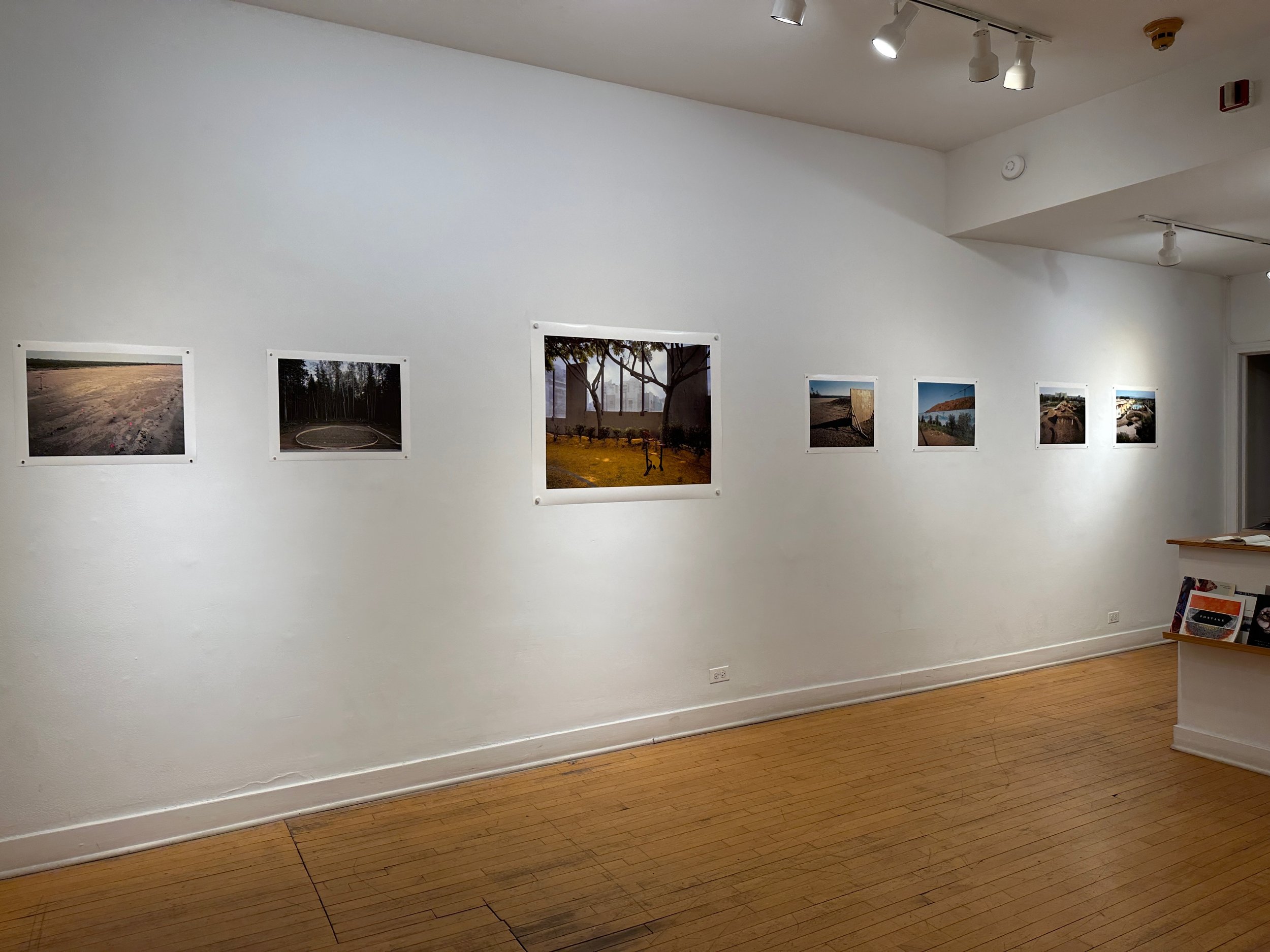
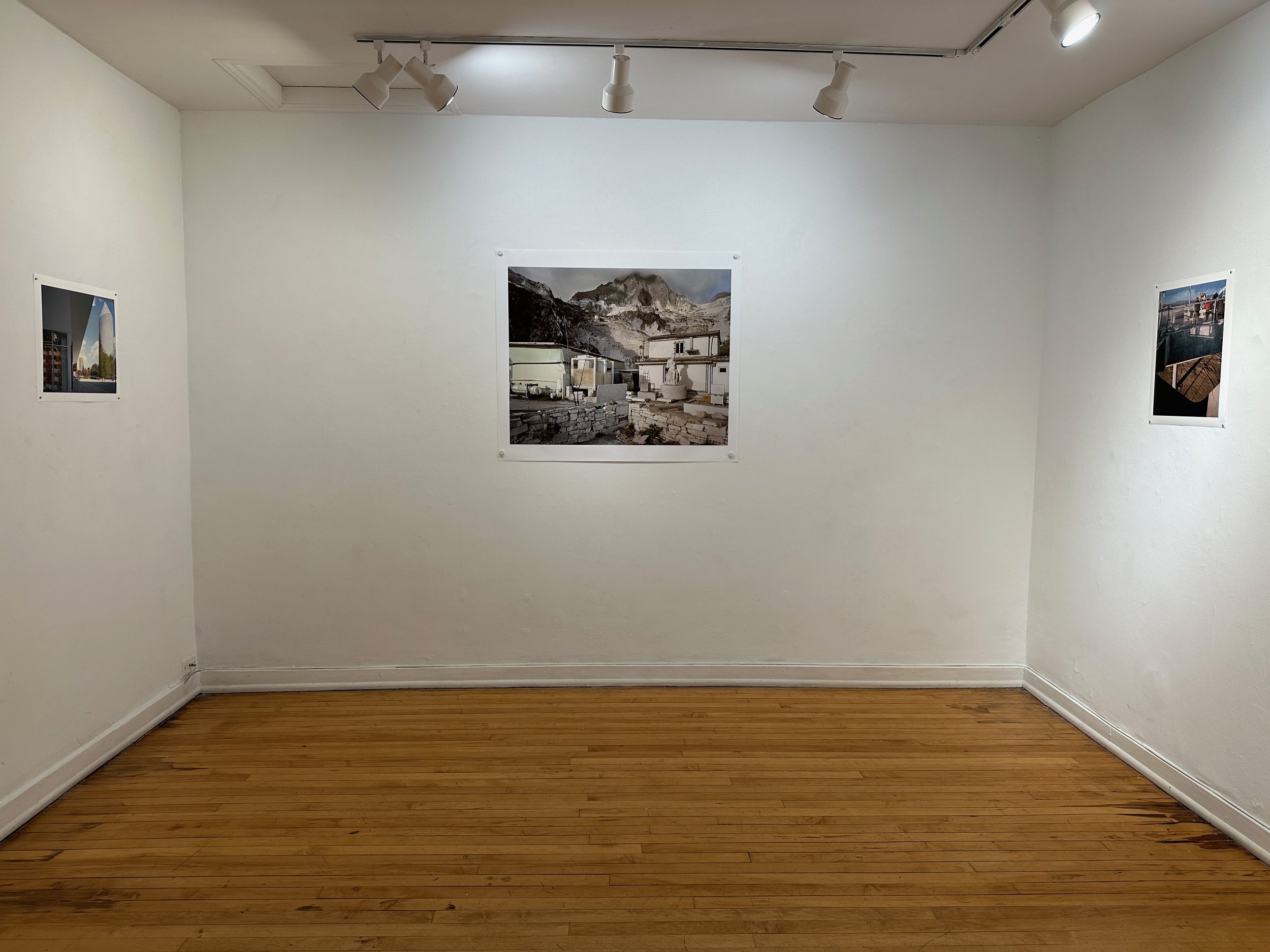
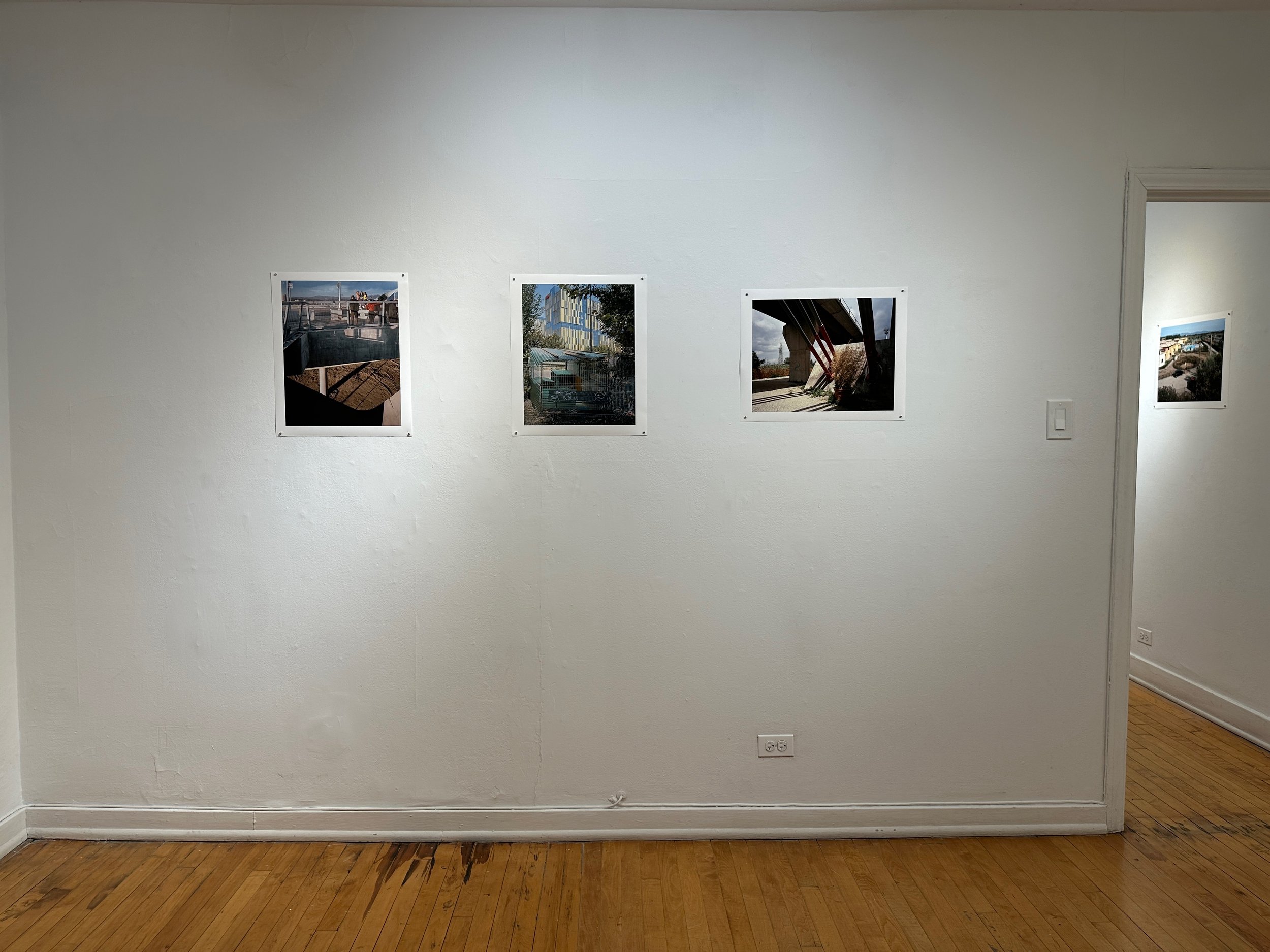
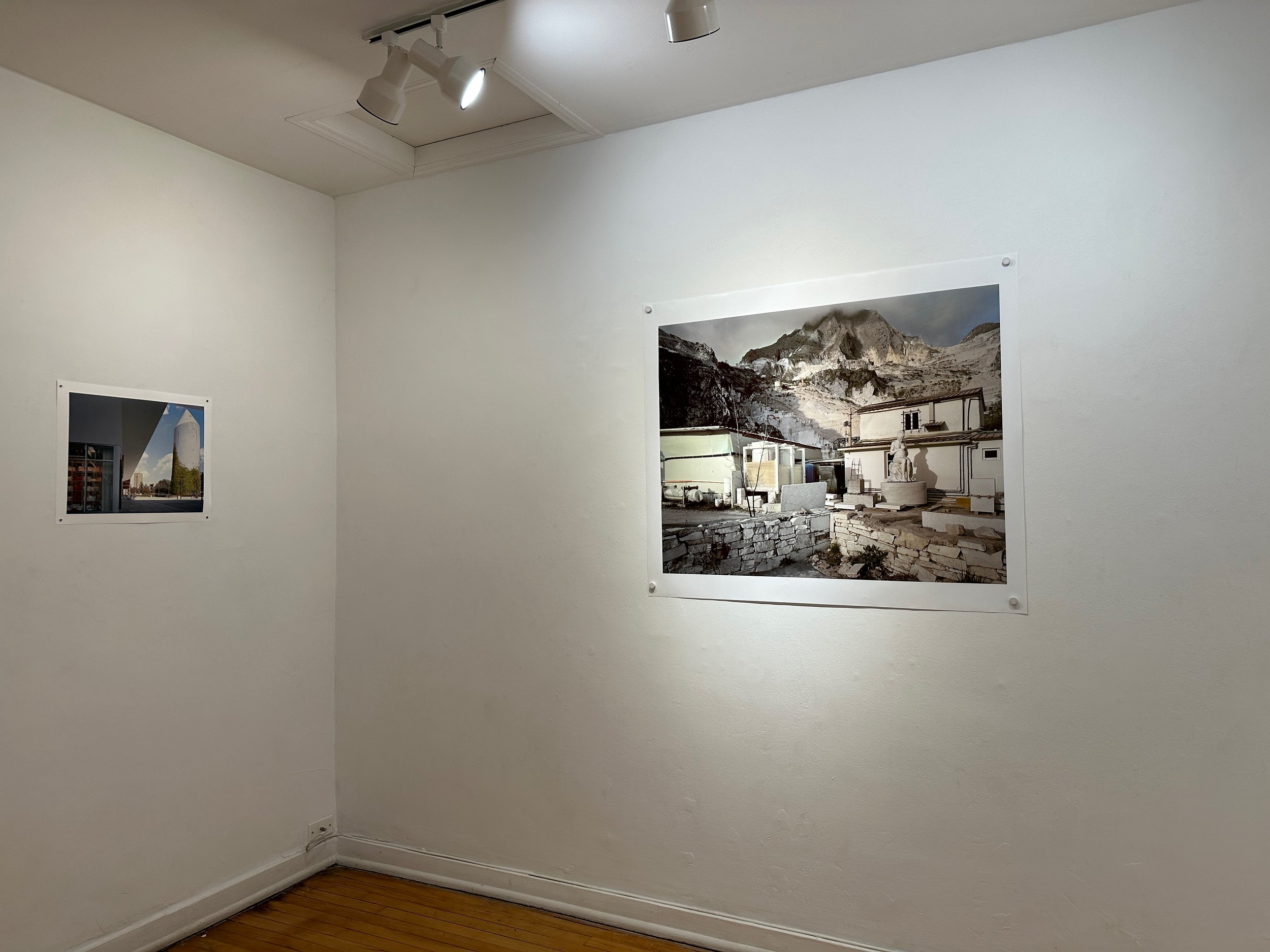
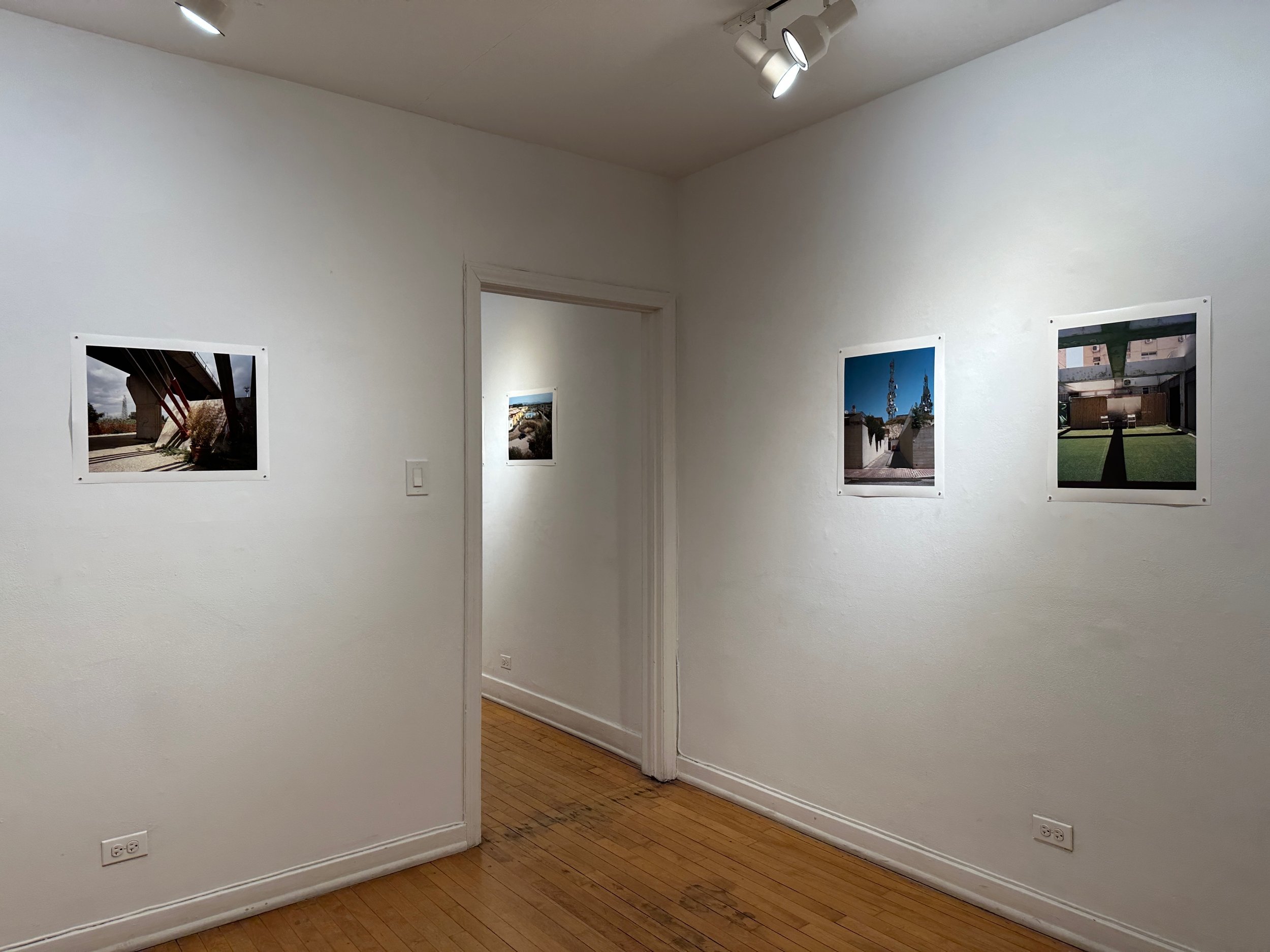
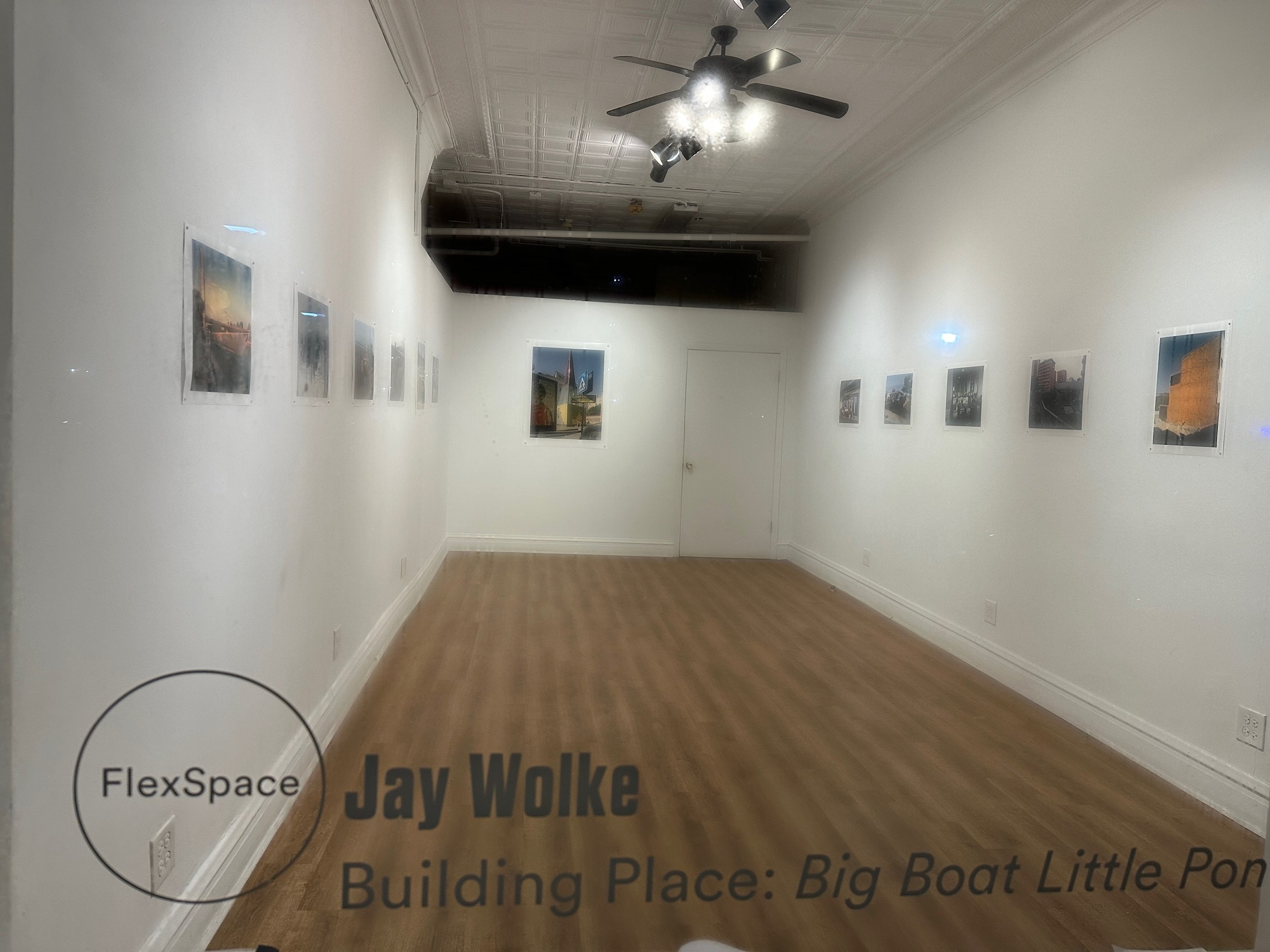
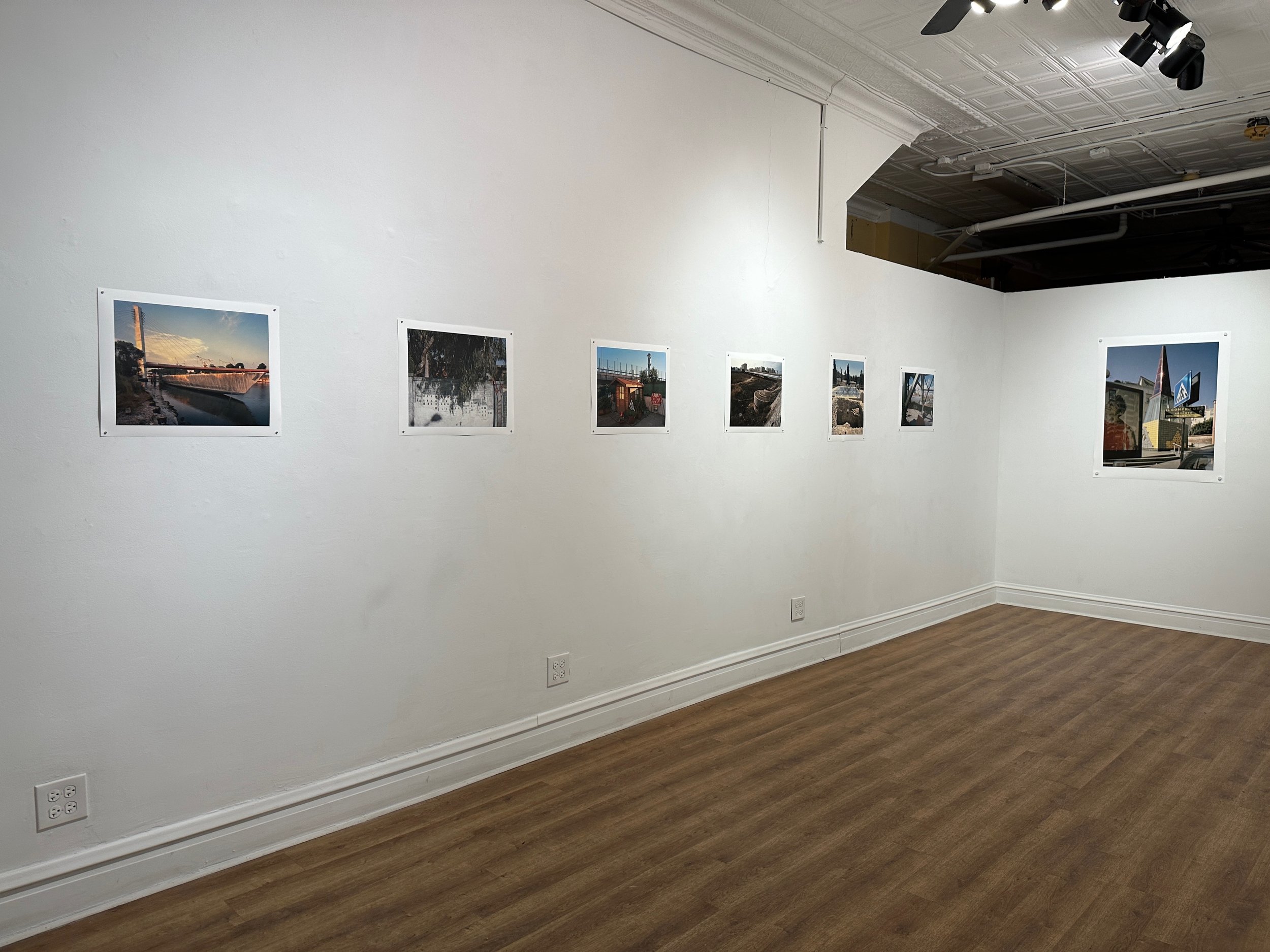
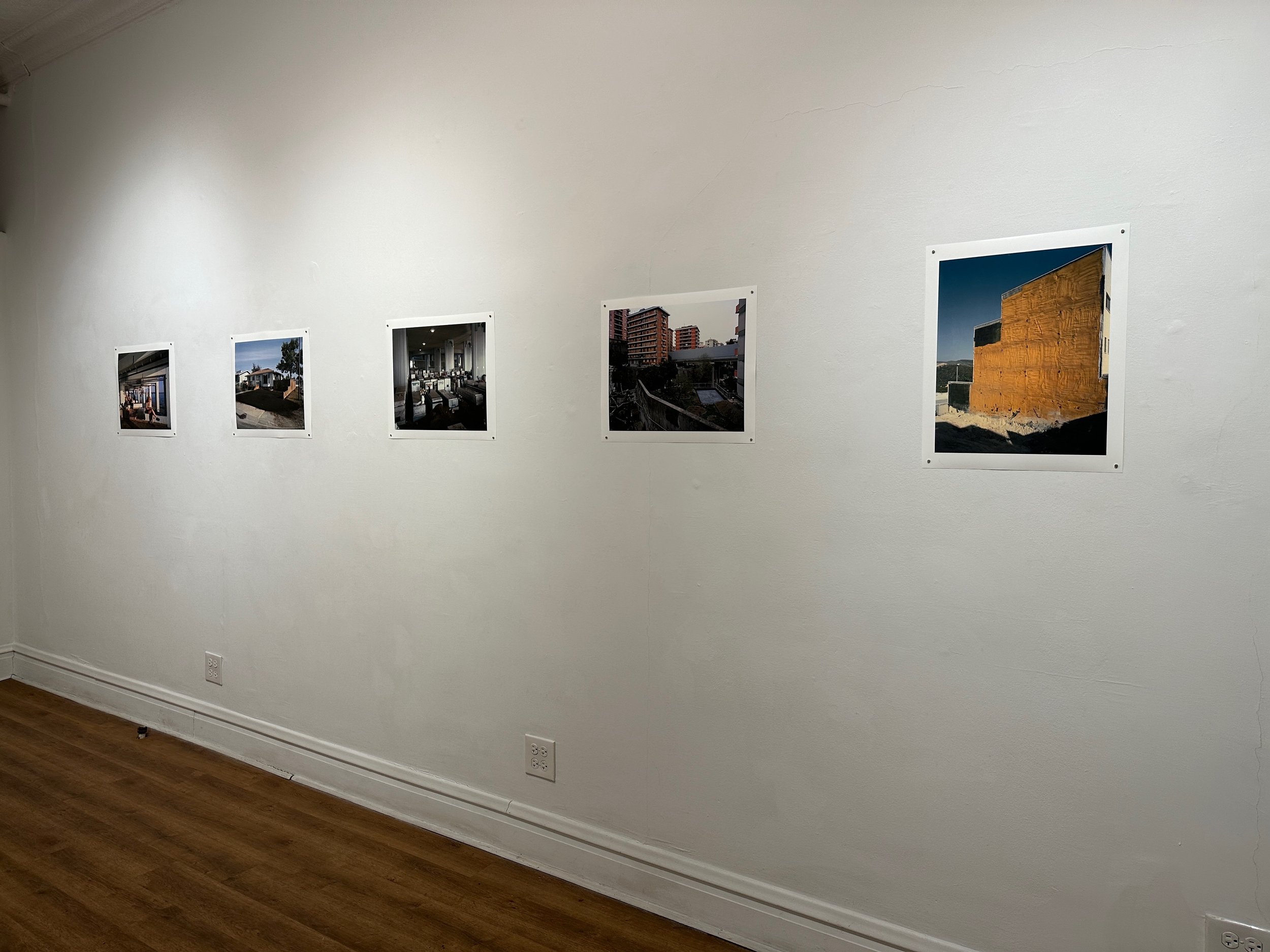
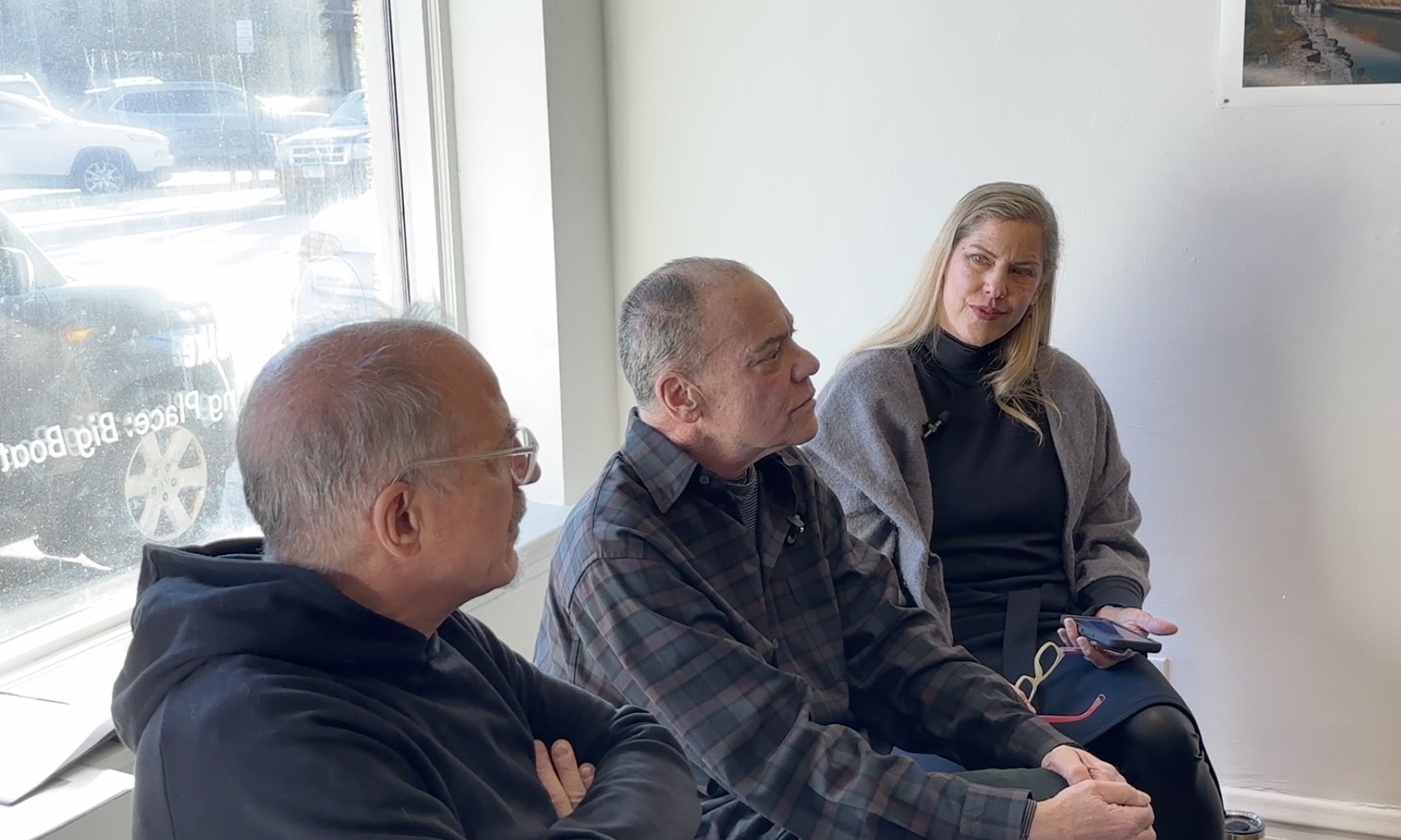
Jay Wolke is an artist and educator living in Chicago Illinois. His photographic monographs include All Around the House: Photographs of American-Jewish Communal Life, 1998; Along the Divide: Photographs of the Dan Ryan Expressway, 2004; Architecture of Resignation: Photographs from the Mezzogiorno, 2011 and Same Dream Another Time, 2017. His works have been exhibited internationally and are in the permanent print collections of the Whitney Museum of American Art, New York MOMA, the Art Institute of Chicago, and San Francisco MOMA, among others. His photographs have appeared in numerous publications including The New York Times Magazine, Guardian Magazine, Financial Times Magazine, Geo France, Exposure, Newsweek, Fortune, and the Village Voice. He is currently a Professor of Photography at Columbia College Chicago, where he was Chair of the Art and Design Department from 2000-2005 and again from 2008-2013.
Publications Available by Jay Wolke:
Click images for more information and to purchase
Paul D'Amato was born in Boston where he attended Boston Latin School at the height of racial unrest and civil rights. He moved west to attend Reed College and claims to have learned as much from traveling cross-country - often by hitch-hiking and freight trains - as he did in class. After receiving an MFA from Yale he moved to Chicago where he discovered the community of Pilsen. The pictures and writing D'Amato produced there were made into the book, Barrio published by the University of Chicago Press. His book of images made in the African-American community on the west side of Chicago, entitled Here/Still/Now published by Kehrer Verlag, was awarded the Lucie Foundation Book Prize in 2018. Rave published by Skylark Editions in 2019, is about work made in the underground Techno scene in the early 90’s. He is now finishing work for a book entitled Midway.
Paul D’Amato has been awarded numerous grants and fellowships including a Guggenheim Fellowship, a Pollock-Krasner Fellowship, a Rockefeller Foundation Grant to Bellagio, Italy, and a number of Illinois Arts Council fellowships and his work is in the collections of the Museum of Modern Art, The Metropolitan Museum of Art, and The Art Institute of Chicago among others.
Laura Husar Garcia is an artist, curator, and creative director. Her photography has been exhibited widely, including The Biennial of Fine Art and Documentary Photography in Prague, Fotofever at the Carrousel du Louvre in Paris, The Polish Museum of America in Chicago, Fotofest Biennial in Houston, Photo Independent in Los Angeles, The Rangefinder Gallery in Chicago and The Griffin Museum of Photography in Boston. Garcia will be exhibiting her work at the Barcelona Foto Biennial in April, 2025. Grants and awards include The Illinois Humanities Council, International Julia Margaret Cameron Photography Award and Photolucida Critical Mass top 200 finalist. Her work has been published in several books, as well as The New York Times, National Geographic Magazine, Newsweek, Slate Magazine, Suddeutsche Zeitung, Le Monde, and more.
Garcia serves on the Riverside Arts Center’s Board of Directors and is a member of RAC’s Exhibition Committee. She is also an Advisory Board Member of Fresh Lens Chicago, a free youth photography program in Chicago. Garcia is Creative Director and Co-Founder of Three Story Media, which produces visual media through non-fiction storytelling.
Metro Obelisk, Naples, Italy, 2014, Archival inkjet print, 40 x 30 inches

